Like so many South Africans, we find ourselves having to travel overseas to visit our children and families. Our second son, David, together with family, emigrated to Australia at the beginning of this year. So, allowing them time to find their feet, we set about organising visas in March which, after a really stressful process, we obtained on Tuesday, 9th April. In order to coincide with the grandchildren’s school holidays in Aus, we immediately booked our flights to Melbourne and left Cape Town on Thursday, 11th on an Emirates flight bound for Dubai and then on to Aus. The excellence of Emirates and Dubai Airport does minimize to some extent the tedium of being in the air for a full 24 hours and sitting around at airports for a further 6 hours. We finally arrived at Melbourne at 10pm and had to pass through the rather stringent border control which included rather amusingly “anyone from Africa, this way please”. At 11.30pm we are finally with David and Callum (grandson) who have come to meet us and we then drive through the still busy and so impressive freeways through the city and 40km southeast to the Mornington Peninsula where David now lives.
Saturday, 13th This morning we are celebrating Callum’s ninth birthday at the Dinosaur Park, some 5km away. Of course the first thing that strikes one about Oz is the cleanliness and order everywhere. No litter at all and the road verges neatly trimmed and fenced and no vagrants. At the Dinosaur Park we meet up with friends Ben, Lindsay and daughter Claire (10) who have also recently immigrated from Jo’burg. The Park itself is immaculate and beautifully presented. Steph’s mum, Karenza from Jo’burg, is also staying with us and returns home on the 18th.
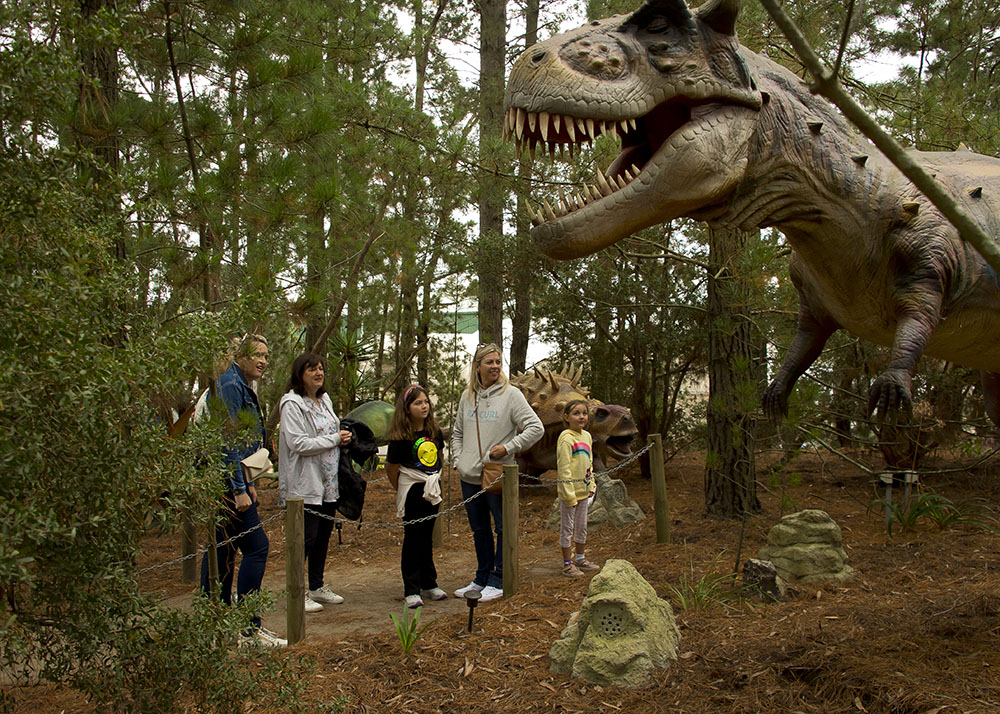
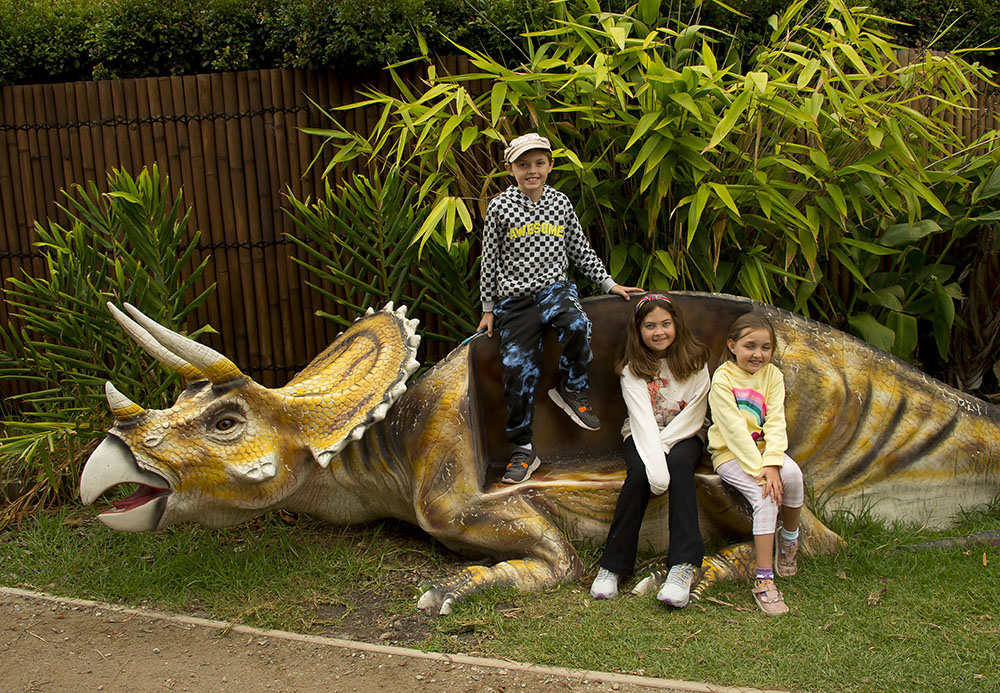
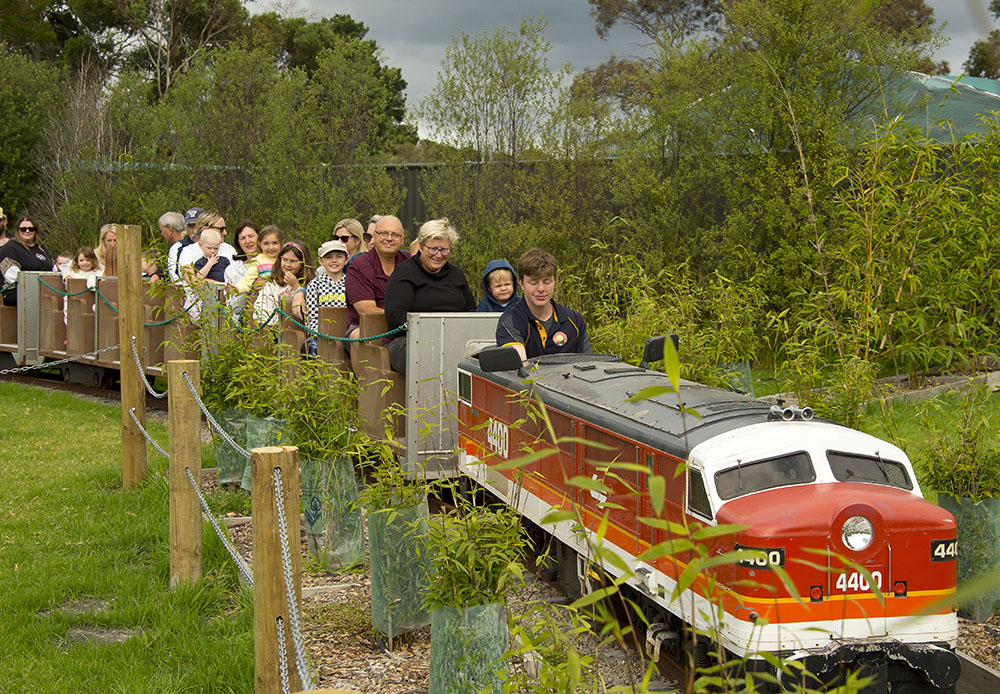 After a communal gas braai we return home.
After a communal gas braai we return home.
David is a mechanical engineer and works for the Swiss Buhler company (as he did in SA) who manufacture and install the machinery for producing foodstuffs. This evening David is flying off to China for a symposium on pet-food manufacture and will return home in six days time.
Sunday, 14th After a jet-lagged late start to the morning, we stroll through the residential streets down to the beach, a couple of kms from home. Cackles and squawks remind me of a very different set of birds here, prominently parrots.
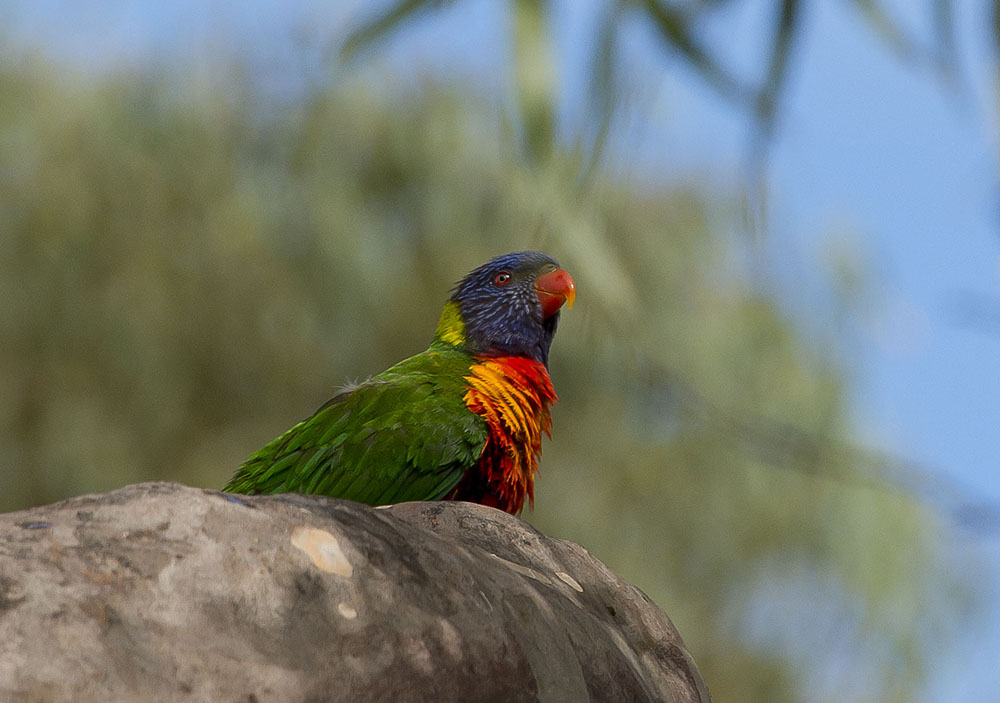
The beach here is on the eastern side of Port Philip Bay, an enormous, circular expanse of water some 50km in diameter with the Melbourne CBD to the north. The outlet to the sea is through a narrow ‘heads’ which means that the waters within the bay are sheltered and calm.
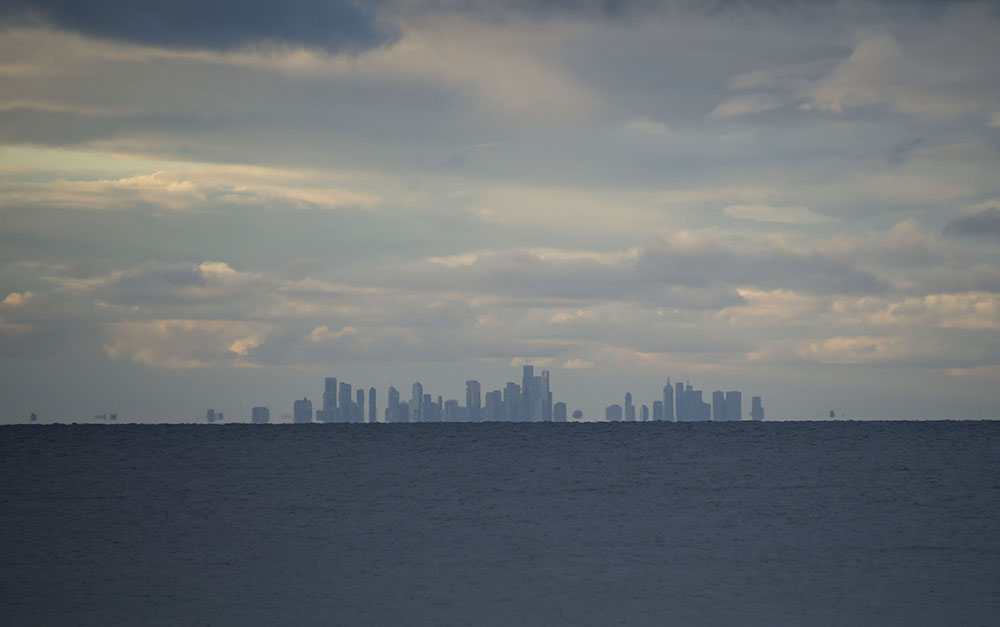
Monday,15th This morning we borrow David’s excellent Chinese Haval car and explore the peninsular further. We begin driving south along the shoreline and at Dromana we stop and stroll along a pier.
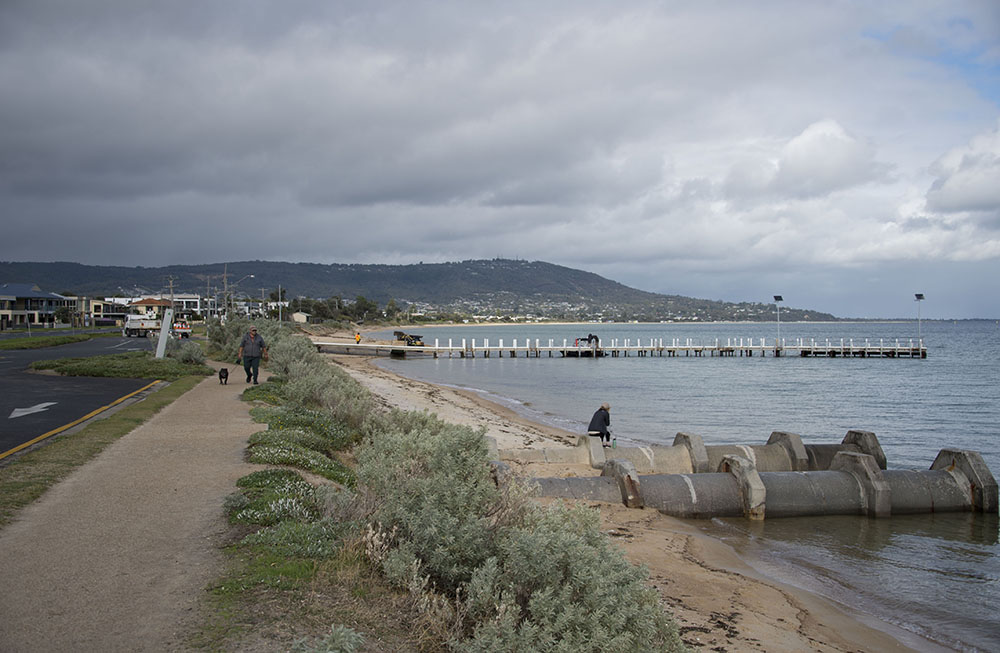 Here we meet an Aussie who is fed up with the ‘woke’ justice system of Australia. Sudanese ‘refugees’ broke into his sister’s home, stole her car and the police only did anything days later when the the robbers actually collided sister’s car with a police vehicle. At the subsequent trial they were let off with a warning. We experienced occasional instances of ‘woke’ culture every now and then. Filling in a form at the doctor I was requested to state whether I was “Male” or “Born a Female”. Very odd.
Here we meet an Aussie who is fed up with the ‘woke’ justice system of Australia. Sudanese ‘refugees’ broke into his sister’s home, stole her car and the police only did anything days later when the the robbers actually collided sister’s car with a police vehicle. At the subsequent trial they were let off with a warning. We experienced occasional instances of ‘woke’ culture every now and then. Filling in a form at the doctor I was requested to state whether I was “Male” or “Born a Female”. Very odd.
We continue our morning trip eastward towards Hastings and pass through rolling, well treed farmland with many vineyards and pastures. Were it not for the plentiful gumtrees and vineyards I would have thought that we were in parts of Surrey or Somerset.
David lives close to the Main Road that runs through Mornington town and is lined with shops and businesses.
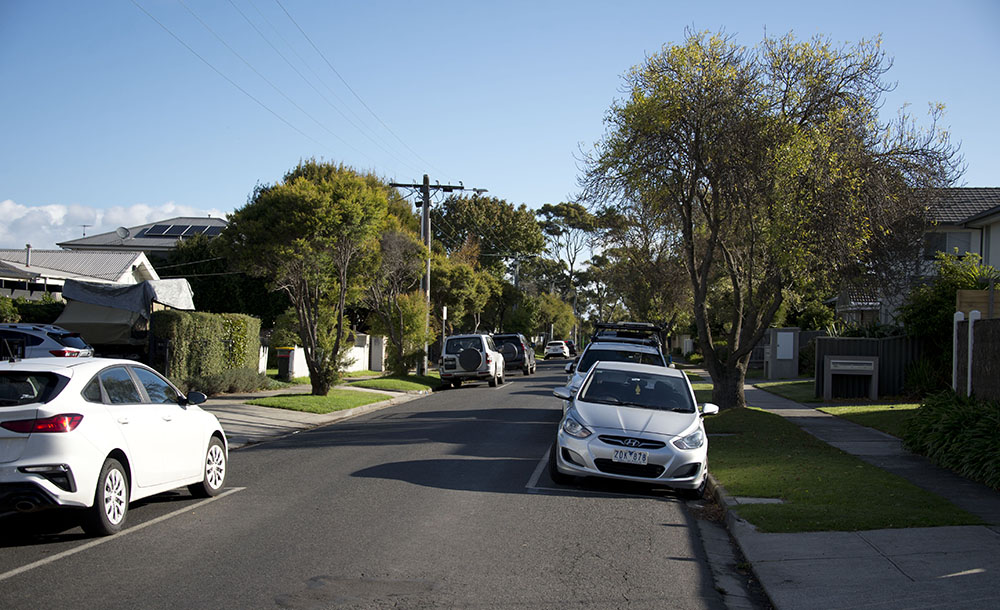
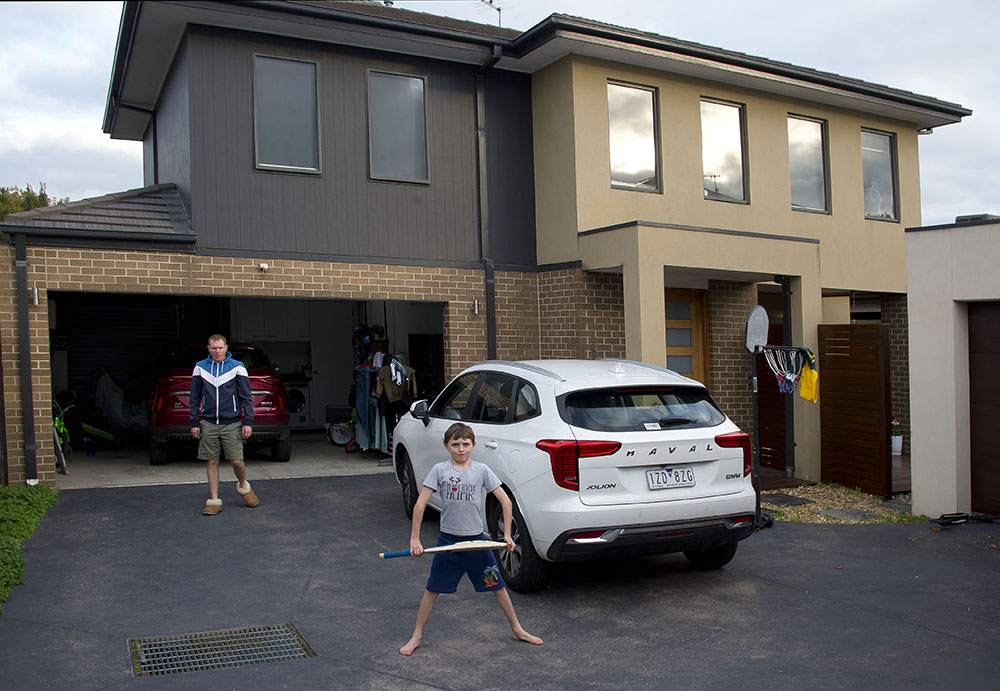
Noting house prices in the local Estate Agents, I would say that say houses are 3 – 4 times more expensive here in Mornington compared to their SA equivalent. And although Mornington is a good class suburb, it is by no means top of the range. So if one is not earning an Aussie salary then any idea of emigrating here from SA for retirement is going to come at a healthy premium. The price of electricity is on a par with that in SA.
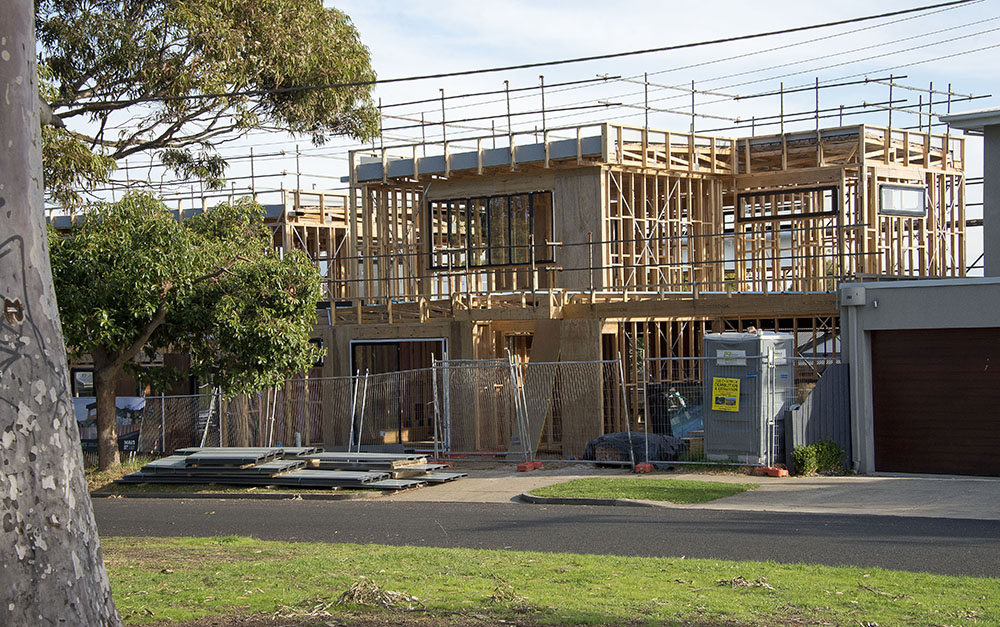
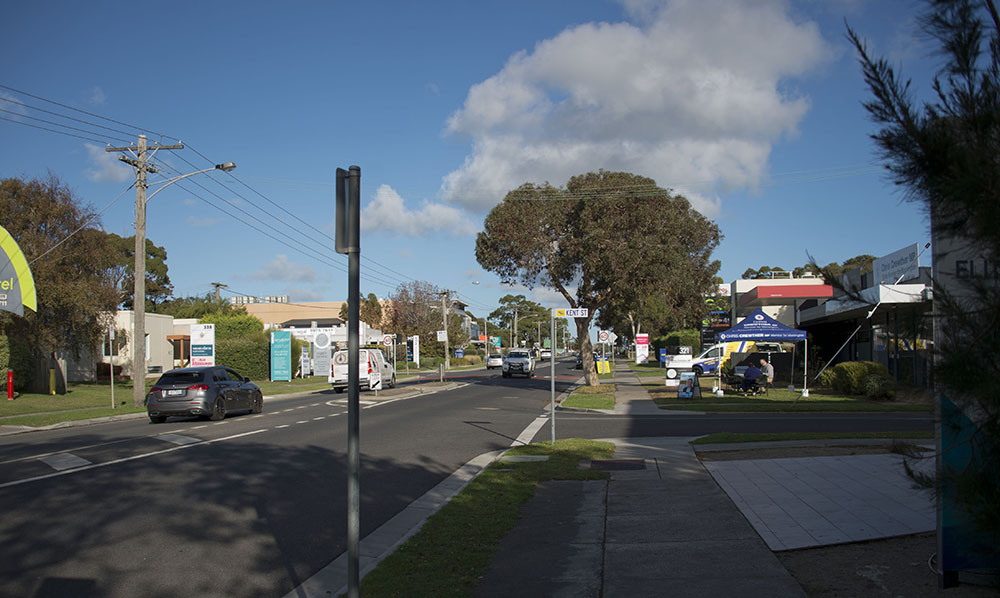
Take note of the blue gazebo to the right in the above photo. Under it and in front of his office is sitting the local Mornington MP, Chris Crewther.
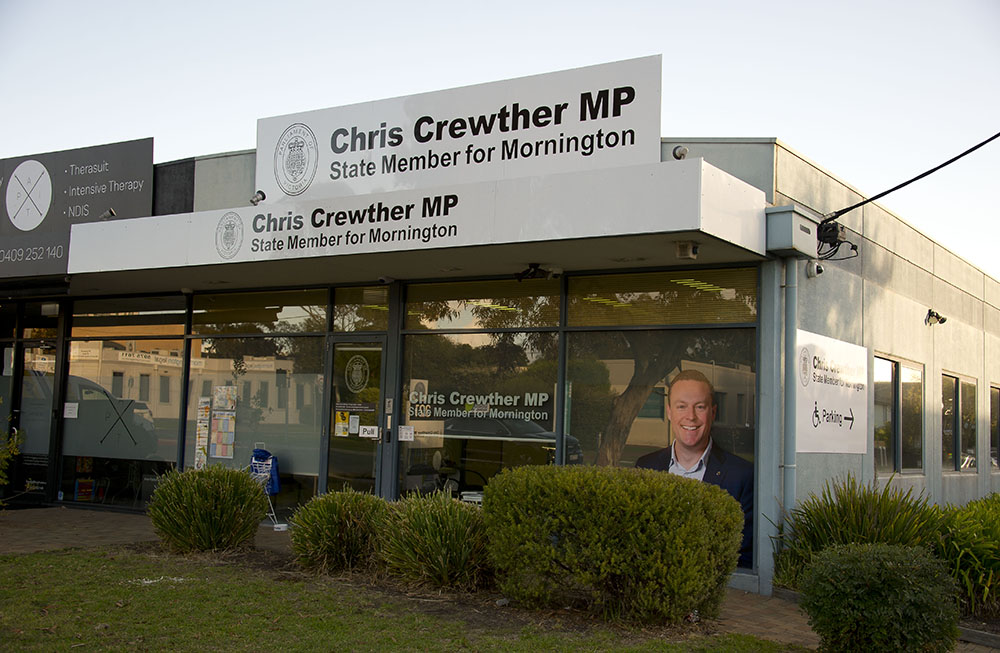
Taking note of me photographing and being a friendly politician, he came across and introduced himself. He is a member of the more conservative Liberal Party who are at present in opposition to the ruling Labour Party. Given the affluence and peace of the district, there appears to be very little to argue about here, especially as seen from a battle-hardened Saffer point of view. But I suppose in these type of countries it is always the struggle between socialism and capitalism. I spent a while chatting to this very decent young man and I couldn’t help thinking how we could do with people of his quality at home in parliament. He ended up asking his secretary to take a photo of us together and days later friend Ben alerted us to the following photograph appearing on his Facebook page.
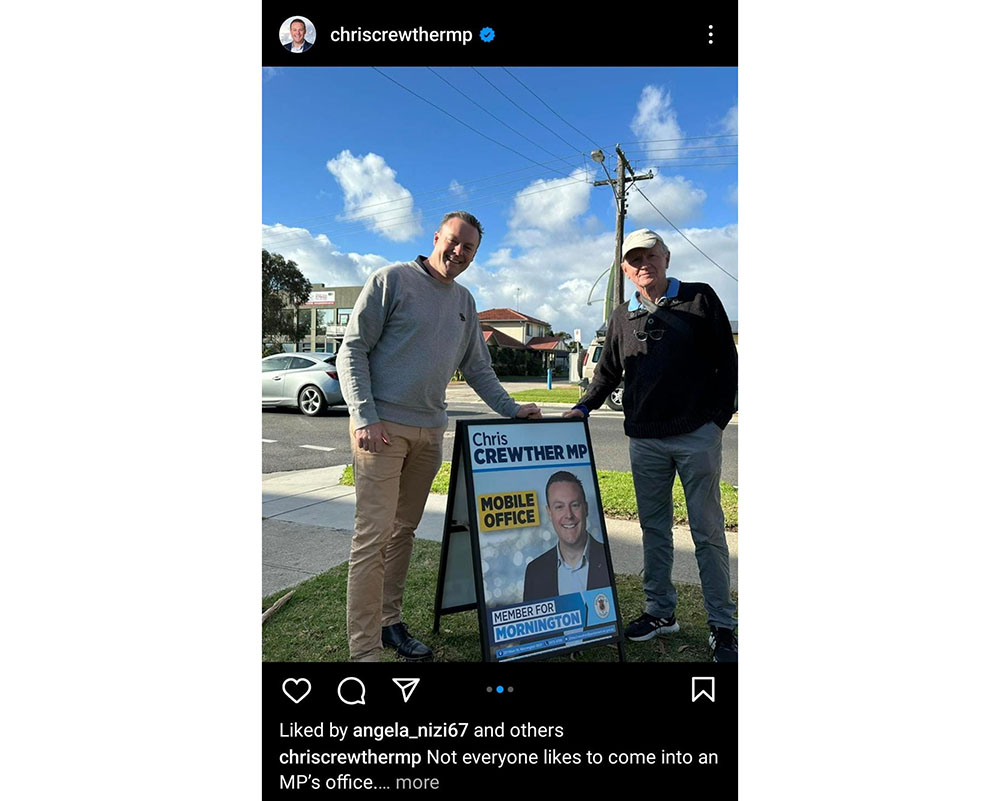
“Out and About, Meeting the People”. All rather amusing especially with my battered Kruger Park cap.
I continue down to town to do some grocery shopping at Woolworths (Aus).
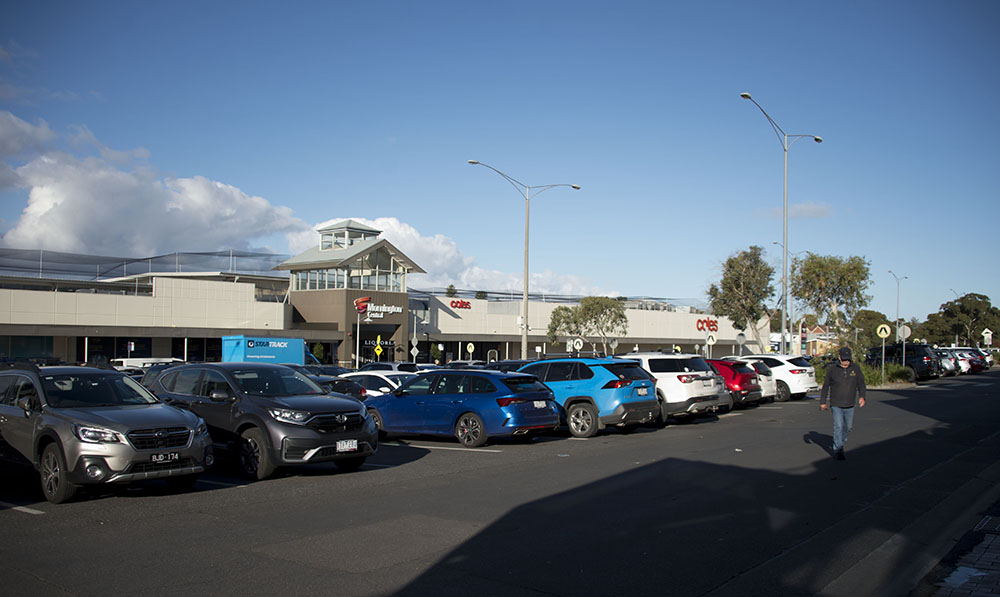
Having experienced a number of these shopping malls in both UK and Australia then I am of the opinion that our South African Woolworths, Checkers and some P & P stores are far superior in so many respects. Perhaps it is the intense competition in SA that has driven this race for excellence but to me their superiority is very striking. Rather unexpectedly grocery prices in Aus are not far above those in SA – maybe 20% or so.
At Steph’s suggestion, we stroll down to town to enjoy lunch at her favourite restaurant in Main Street. Despite food in Woolworths not being too expensive by our standards, the price of food on the menu is a good double or more. Afterwards when I go to pay at the till, it all becomes clear. As at home in SA I added on a 10% tip and rounded off the amount to be paid. Consternation and confusion from the waitresses not without some irritation on their part. Later I learn that there is no tipping in Australia and further Googling tells me that whereas in the US the minimum wage for waitressing is $7/ hour, here in Aus it is R21/hr. Tipping in the former is to be expected but not here. Hence the higher price for restaurant meals to cover labour costs. SA friend Lindsay is working in the kitchen in a nearby cafe and earns a pretty good living from it. With the plentiful supply of cheap labour in SA, comparable pay does not even come close – supply and demand.
Wednesday, 18th Karenza flies home to Jo’burg today and Steph takes her to the airport bus in Frankston. Like us, she must reconcile herself to do a lot of travelling in future.
Schooling Both Sophie and Callum attend the local Osborne Primary School. It is a government school of the highest standard and they are very happy there.
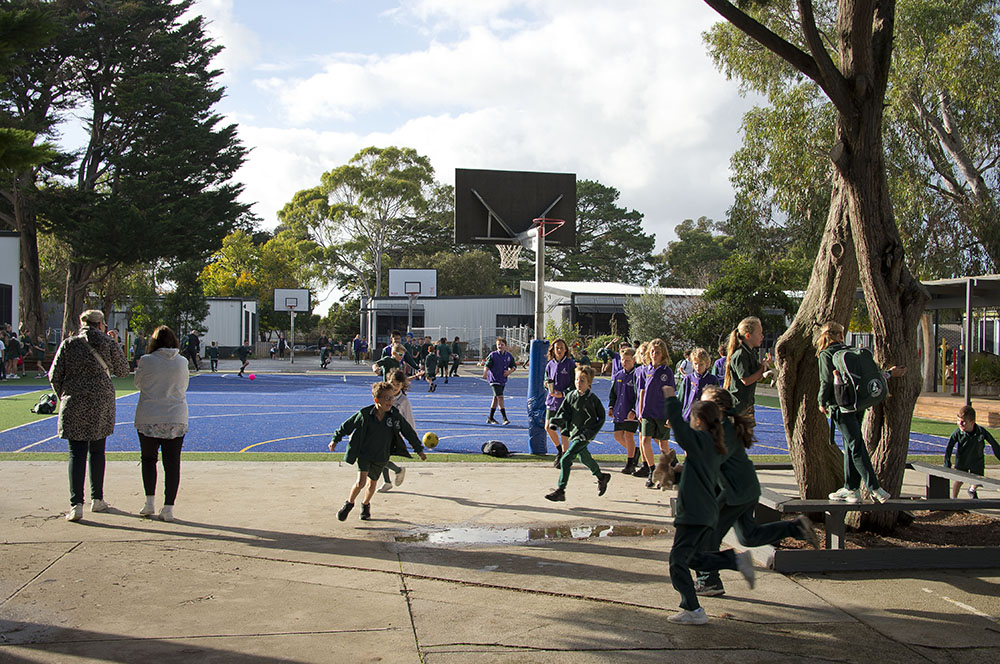
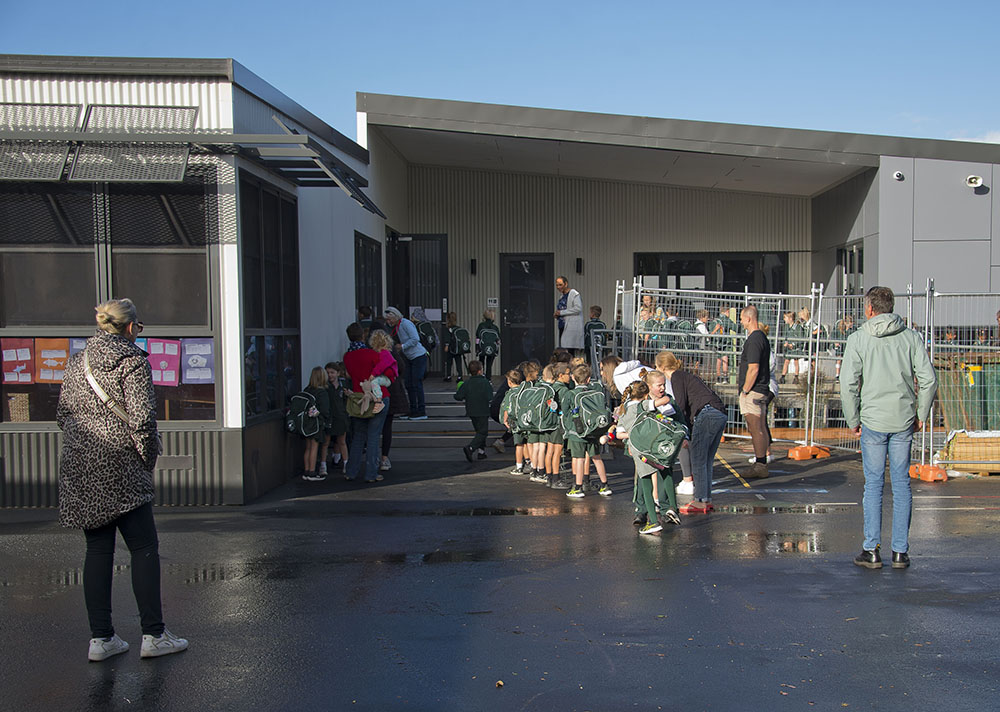
Unlike SA, Aus schools do not provide sport which means that children must find their sport in outside clubs and sports centres. I am not in favour of this as, whilst those who can afford it may receive excellent coaching, the rank and file have nothing at all – which can lead to undesirable mischief. In Callum’s case, he is receiving wonderful tennis coaching at the impressive local sports centre.
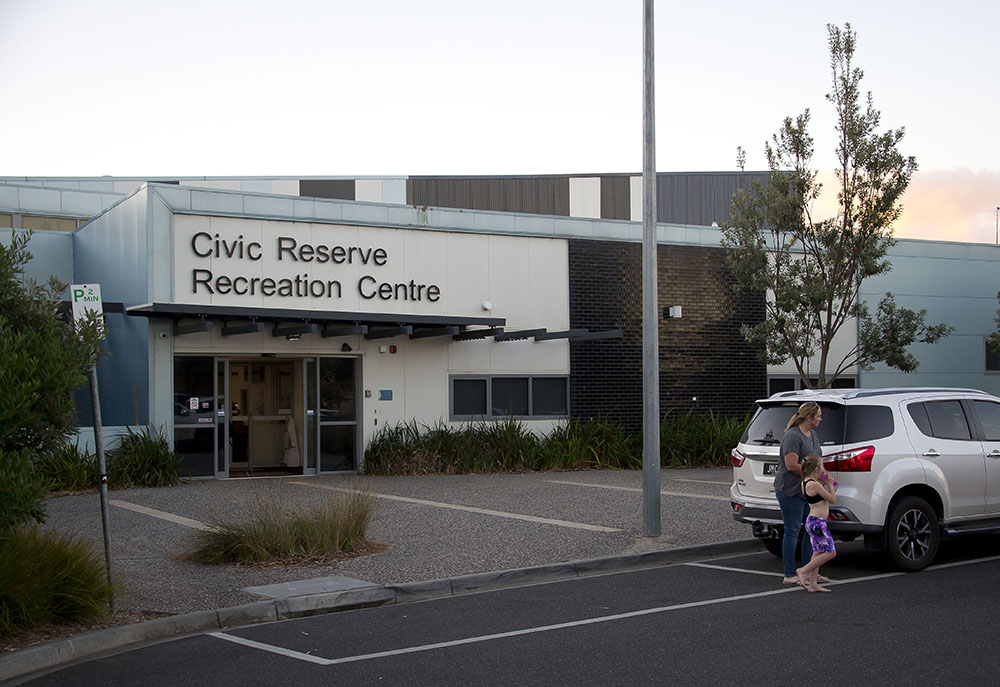
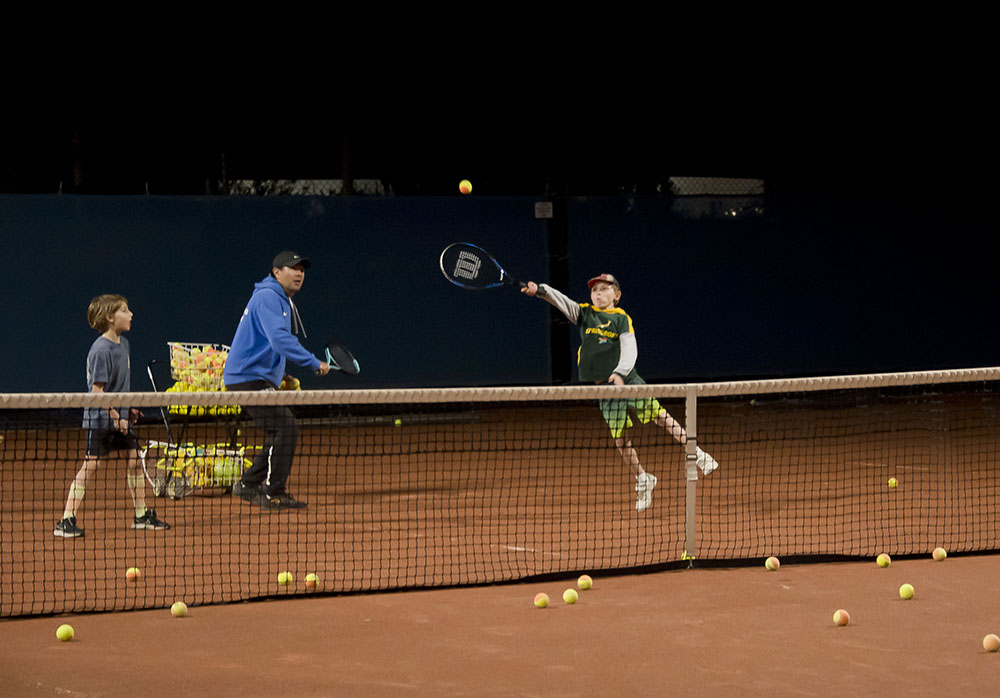
I stroll over to the main centre and am bowled over by this gymnasium where the youngsters are receiving such good instruction from top coaches.
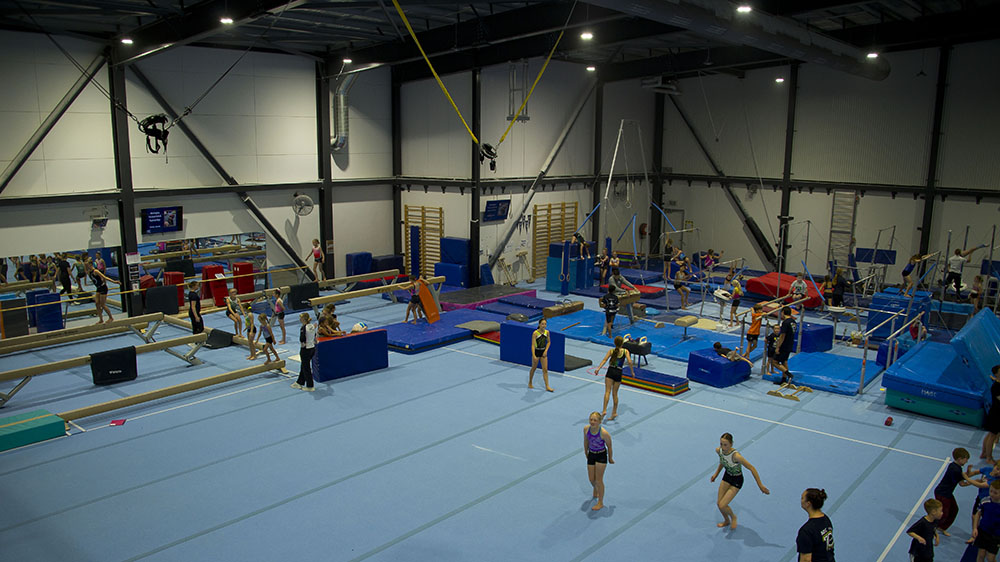 Moving on to the soccer fields I am then accosted by two women hot foot from the gymnasium where they have received a complaint from the public about me photographing. Fortunately, I had asked permission from the attendants and I could quickly reassure them of my good intentions which they happily accepted. Perhaps a sad commentary on society. Nevertheless, a most interesting evening and so so impressive. With a population of 25m (mostly urbanised) and with facilities such as these it is small wonder that Australia give such a good account of themselves internationally. Poor SA spends most of its wealth on social issues of survival.
Moving on to the soccer fields I am then accosted by two women hot foot from the gymnasium where they have received a complaint from the public about me photographing. Fortunately, I had asked permission from the attendants and I could quickly reassure them of my good intentions which they happily accepted. Perhaps a sad commentary on society. Nevertheless, a most interesting evening and so so impressive. With a population of 25m (mostly urbanised) and with facilities such as these it is small wonder that Australia give such a good account of themselves internationally. Poor SA spends most of its wealth on social issues of survival.
Friday, 19th Today is cloudy and cool but calm. We are going to do some exploring down south, along the bayside through Rosebud and Rye towards Sorrento where we are going to catch the car ferry across to Queenscliff and Point Lonsdale on the west side of the bay entrance.
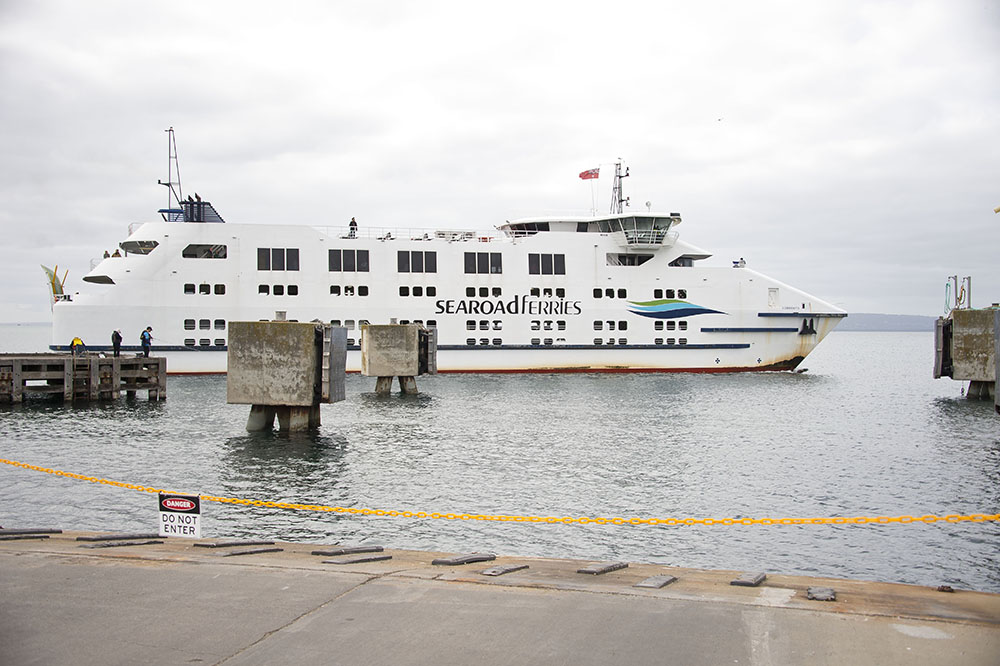
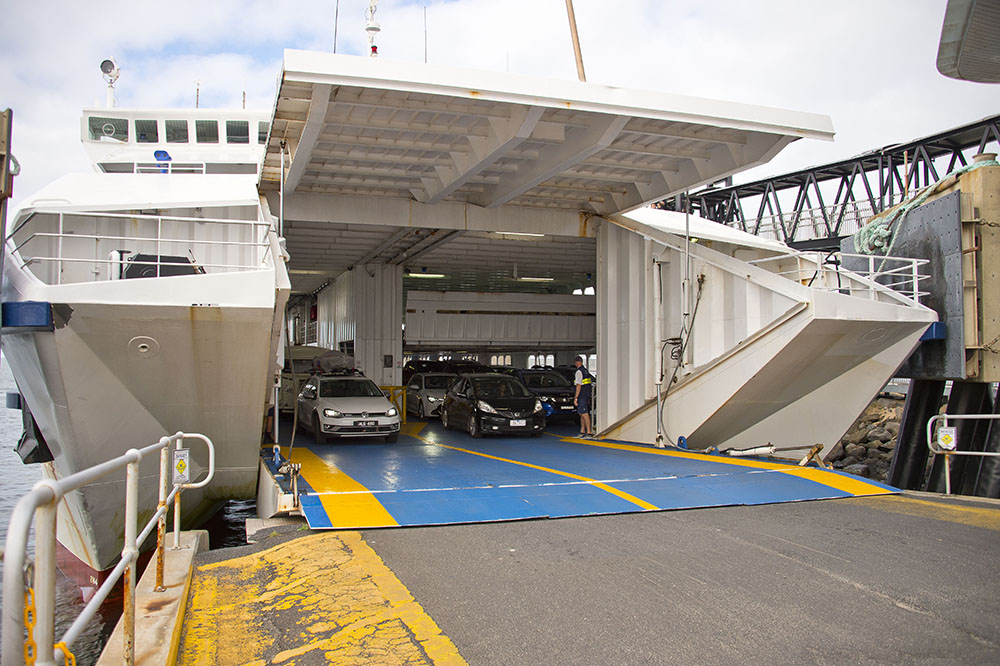
With this enormous expanse of tidal Philip Bay channelling out to sea through this relatively narrow opening, it is to be expected that the currents would be strong. A local diver tells me how treacherous it is for both shipping and divers with currents in the main channel moving at up to 30kph. It was not far from here to the east in 1967 that the Aussie Prime Minister, Harold Holt, disappeared without trace whilst swimming in the sea.
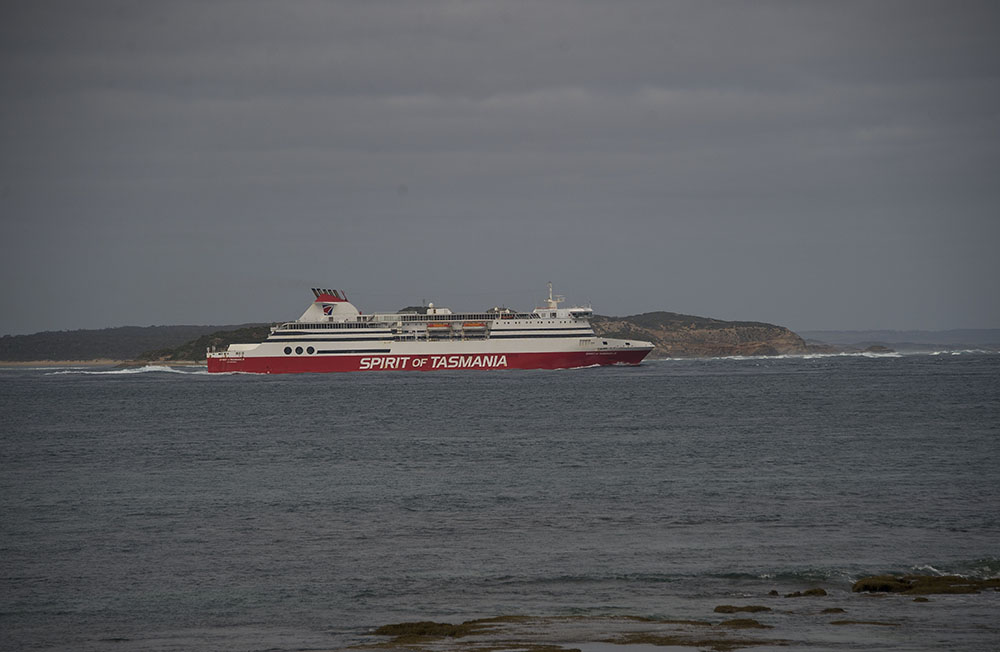
I read that the old Cunard liner, the QE2, is going to be visiting Melbourne soon for the last time and it is difficult to imagine this great ship passing through this narrow channel. The countryside around Queenscliff reminds me of Humansdorp in the Cape whilst the villages are so clean and neat. How I love the order of the 1st world.
After a really good ‘fish and chips’ meal at Lonsdale we catch the ferry back to Sorrento.
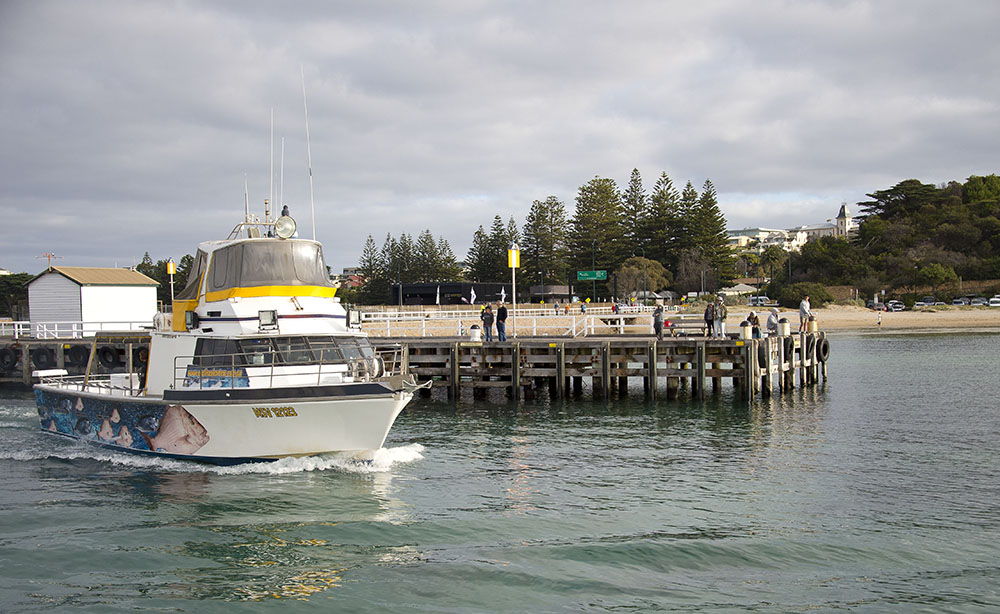
David returns this afternoon from a successful time in China, a place that I have no desire to visit. This is his view from his hotel window – oh dear.
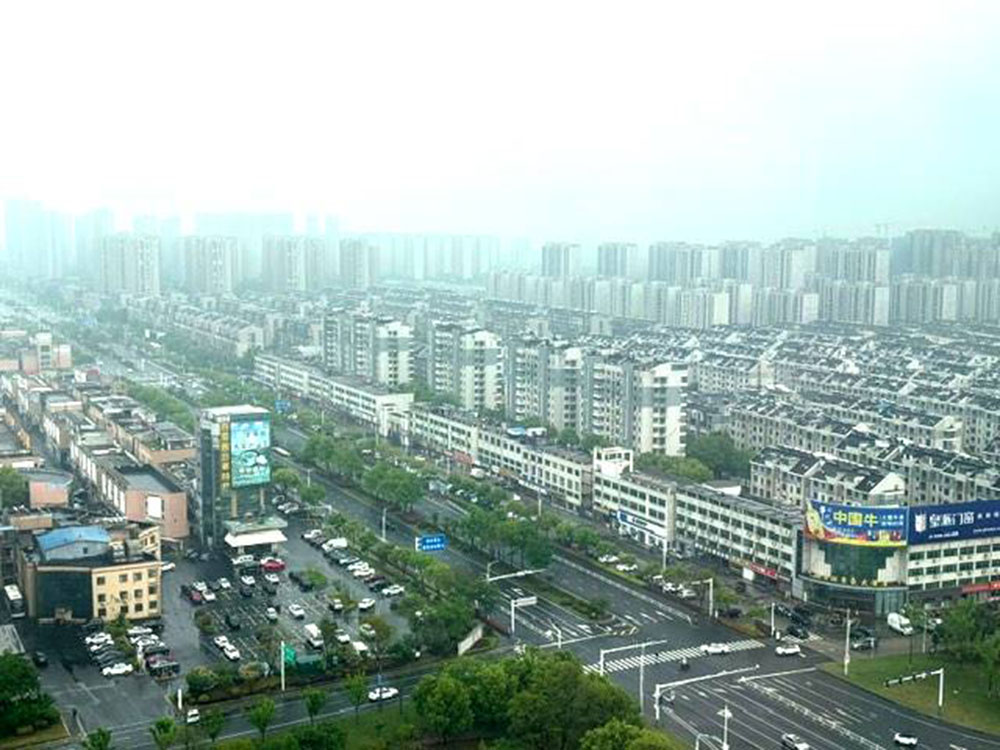
We quickly learn that Melbourne is a good deal colder than Cape Town. Whereas CT is at latitude 34° south, Melbourne is at 38 – quite a difference. Despite this only being April, at no time were we without our jerseys or jackets and certainly no shorts. David is in for a cold winter.
Sunday, 21st We spend a lovely afternoon down on the nearby Mornington pier where Callum does some fishing.
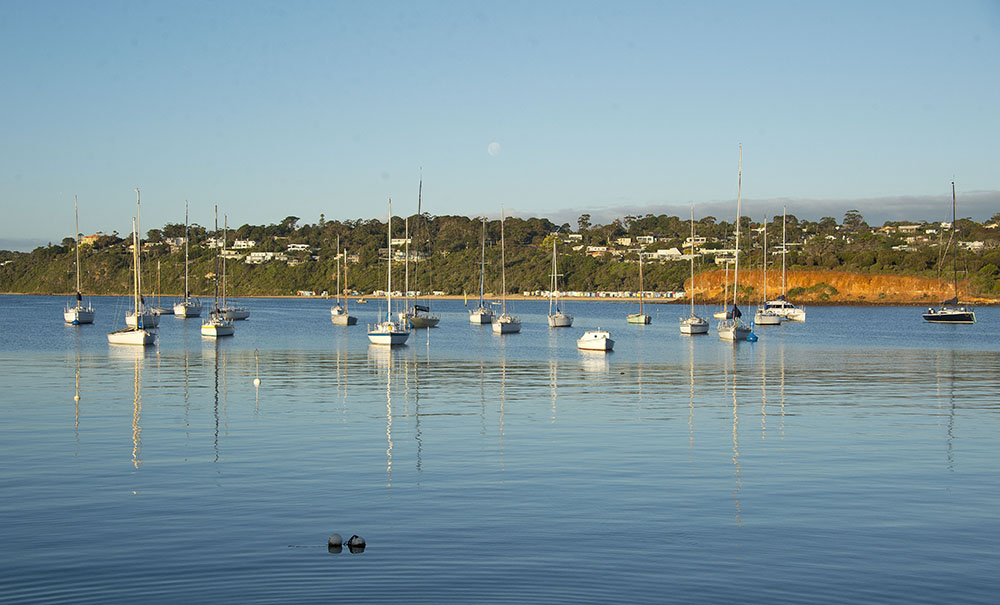 Electric cars are becoming popular in Australia and we see quite a few on the streets. Listening to them glide by I wish I could use them in Kruger Park where I suspect one could see so much more. Cars on the road reflect the local economy and here new, mostly medium sized SUV’s are the order of the day. Unlike in SA, there are few small ‘run arounds’. Exactly the same makes of cars as in SA are on the road although Mazda seems particularly strong. Old cars just don’t seem to exist here. Converting ZAR’s across, 1lt of unleaded petrol costs about R29 whereas in UK it is R36.
Electric cars are becoming popular in Australia and we see quite a few on the streets. Listening to them glide by I wish I could use them in Kruger Park where I suspect one could see so much more. Cars on the road reflect the local economy and here new, mostly medium sized SUV’s are the order of the day. Unlike in SA, there are few small ‘run arounds’. Exactly the same makes of cars as in SA are on the road although Mazda seems particularly strong. Old cars just don’t seem to exist here. Converting ZAR’s across, 1lt of unleaded petrol costs about R29 whereas in UK it is R36.
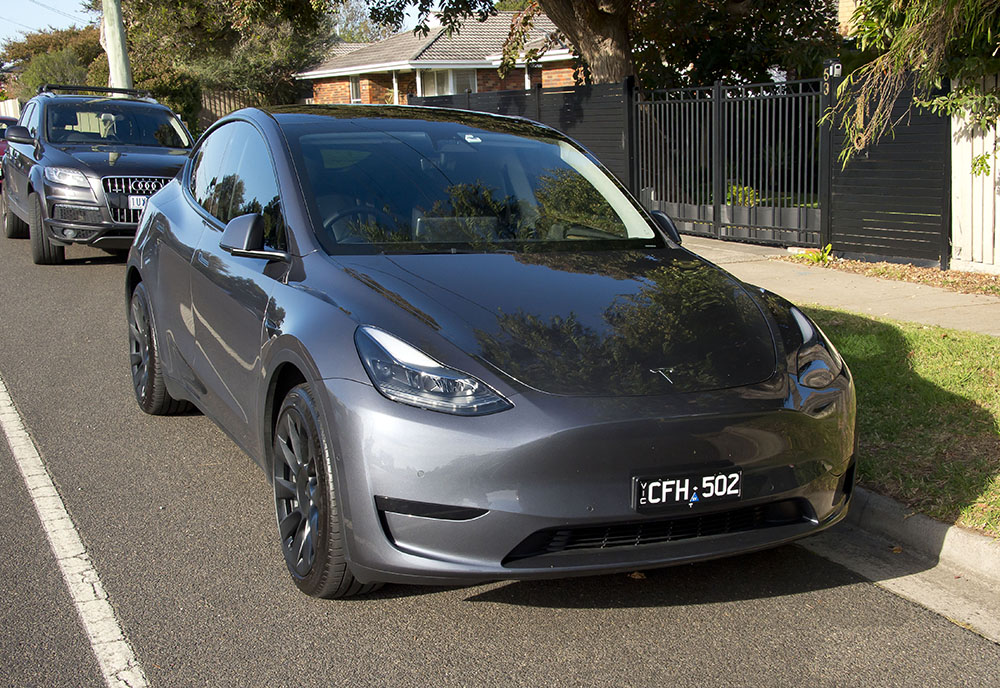
Monday, 22nd Today dawns clear and still and we seize the opportunity to visit Melbourne itself. So we catch a bus and travel to Frankston where we board the suburban PT railway into town. We stop at every little station along the way and I am struck by how very English are ALL the names. Chelsea, Brighton, Sandringham, Hampton etc.. Melbourne is a huge city with a population of just over 5m people – a little less than Sydney. The railway terminus is Flinders Station in the middle of town on the north bank of the Yarra River. (A lot of these names refer back to the early pioneers and Flinders was the first to circumvent and map the Australian continent). I was a little worried about carrying my expensive camera openly around in the middle of a big city CBD but the locals are rather amused by my concerns – and so it proves to be. Emerging from the station, we cross over the river bridge and I notice again the cleanliness and lack of dodgy characters. A flock of the same old Indian Mynahs are scavenging for food on the pavement and knowing that they are now common in even Kruger Park and Cape Town, it would appear that they are busy taking over the world.
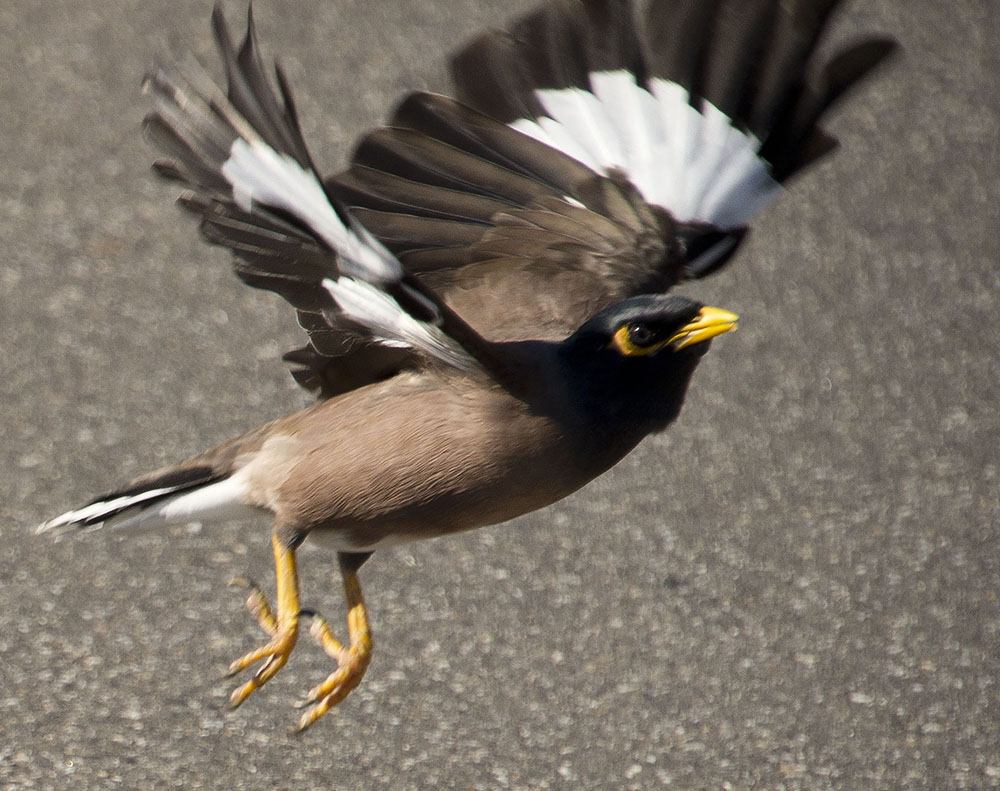
Down on the river bank we board a tourist boat and begin cruising eastward along the river.
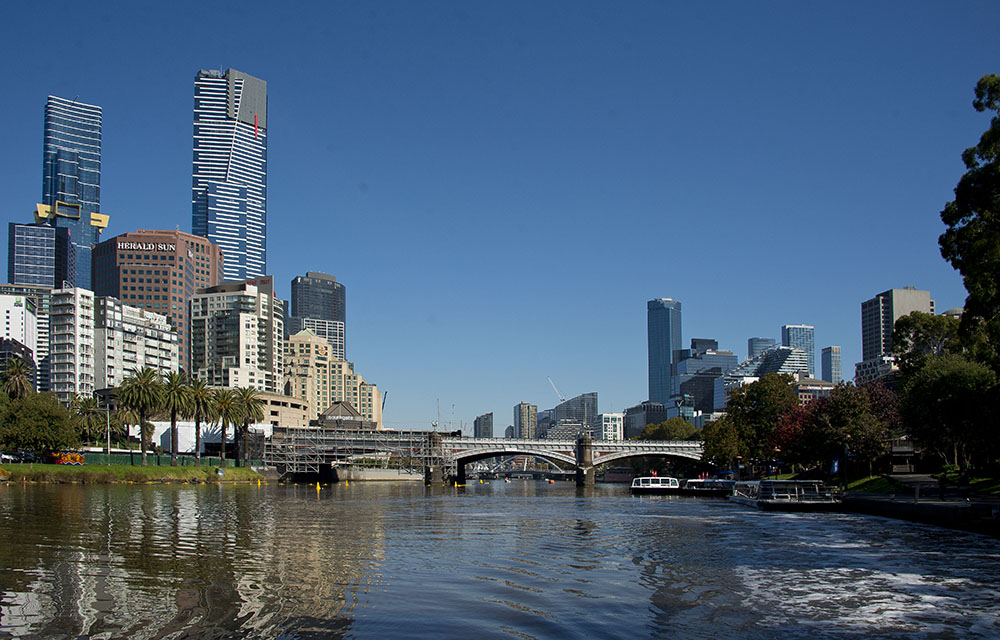
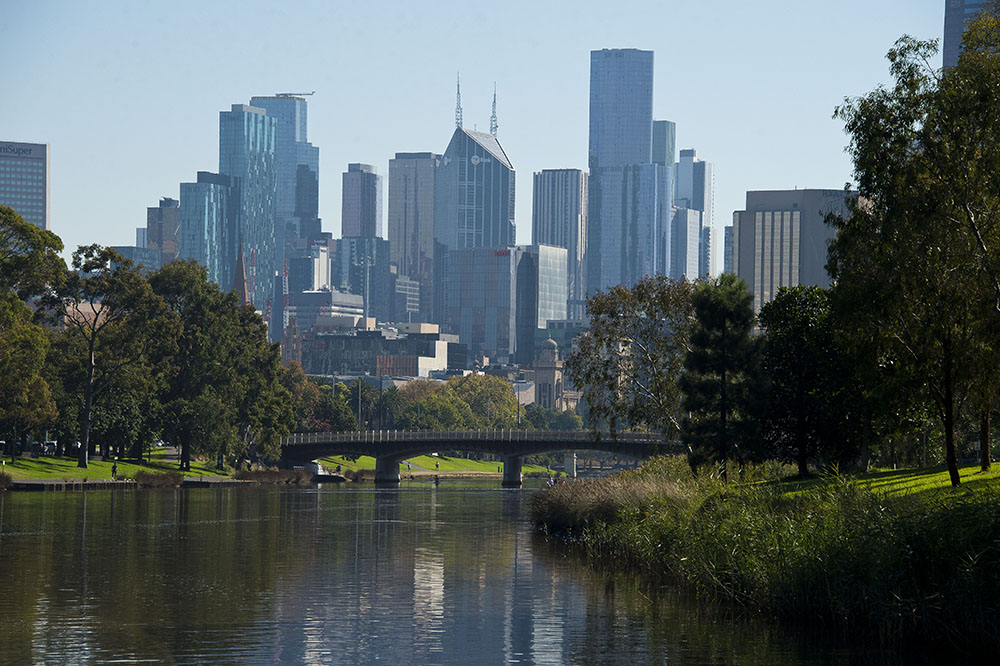
The hour long cruise takes us through beautiful parkland and botanic gardens – and past the sports complex of the MCG (Melbourne Cricket Ground), tennis, athletics, rugby and football grounds.
Of course being an avid cricket follower and after we disembark, Renette and I stroll along the north bank towards the great MCG – surely the greatest cricket ground in the world.
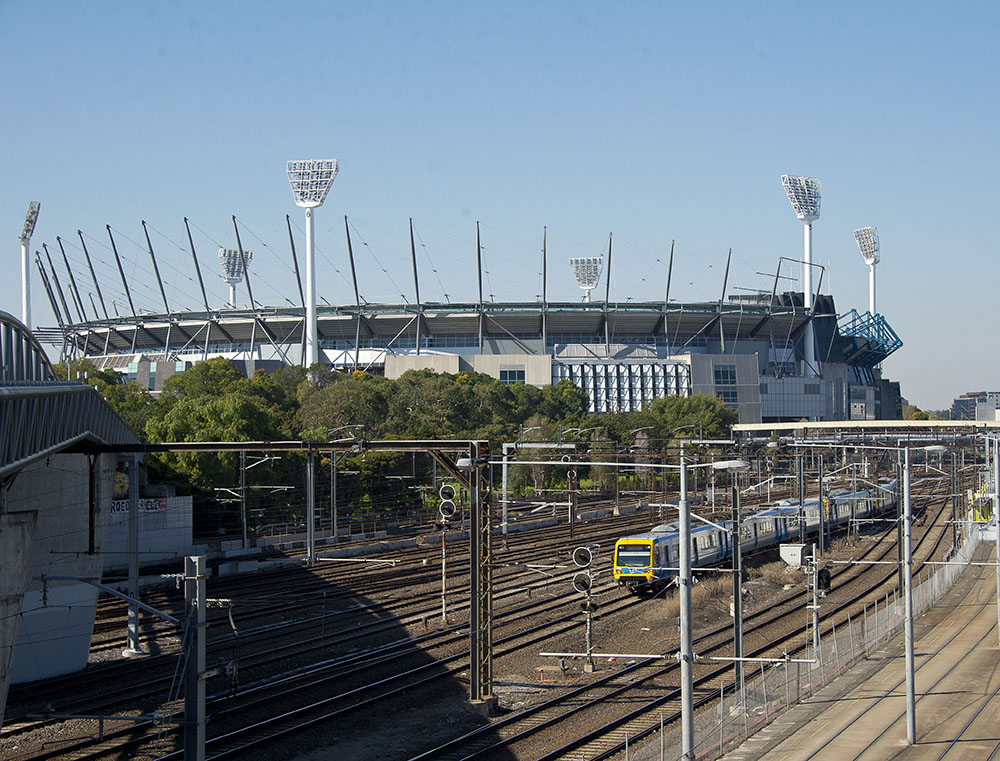
Close by we pass the Rod Laver tennis arena where the Australian Open is played each year.
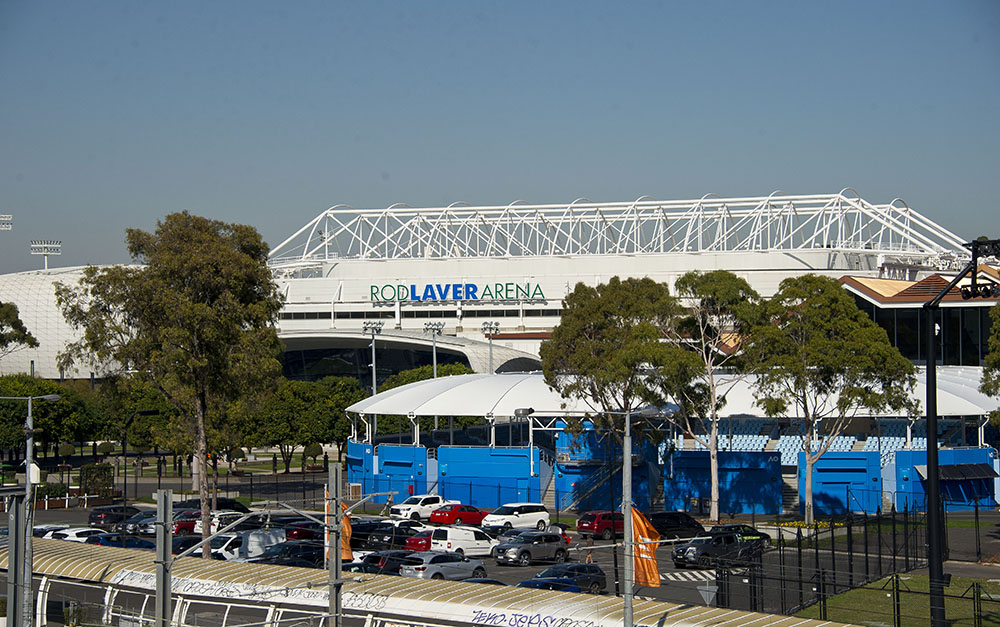
The enormous MCG structure towers above us and I leave Renette to rest in a park whilst I join one of the many guided tours exploring this famous cricket ground.
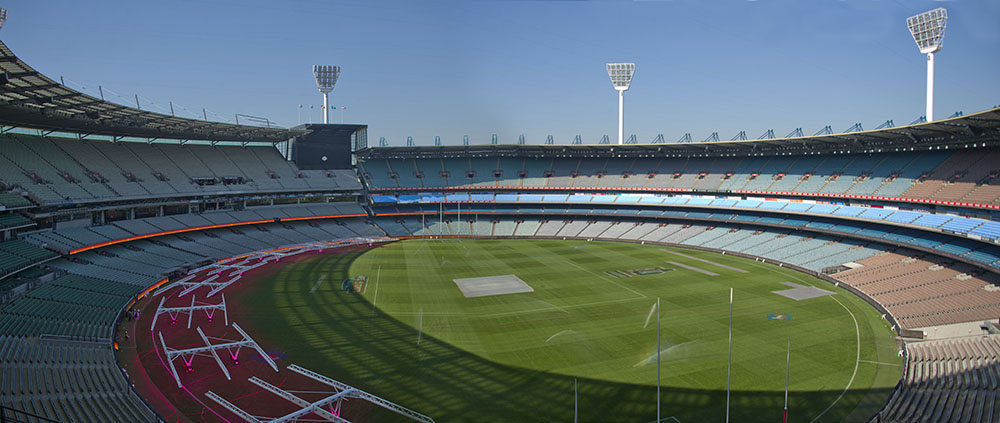
I am part of a group of about twenty made up of mainly Indians, Sri Lankans and a few Aussies. We take a lift to the ‘fourth floor’ and come out at this vantage point which gives a lovely view of the ground. The shadow cast by the roofing inhibits the growth of grass in winter and the red glow of infra red lamps under the white booms to the left keep the grass healthy. Money is just oozing everywhere and no expense is spared. Note also the the ground has been readied for the winter Aussie Rules Football (AFL) season where crowds in excess of 100,000 regularly fill the stadium. So, no off season for the MCG which is generating revenue throughout the year. Note also the white patch in the middle of the field. Six cricket pitches are dropped into place for the summer cricket season and then remove for the AFL in the winter – each weighing 34 tonnes. And the MCG pitches are well known for providing excellent test class surfaces.
Cricket began in sports mad Melbourne in 1838 followed by Aussie Rules in 1859. Something that I never realised was that, unlike all other forms of football which is played on a rectangular field, AFL has an oval boundary fitting perfectly into a cricket ground. And this is how the game evolved – fitting into the available cricket grounds at the time.
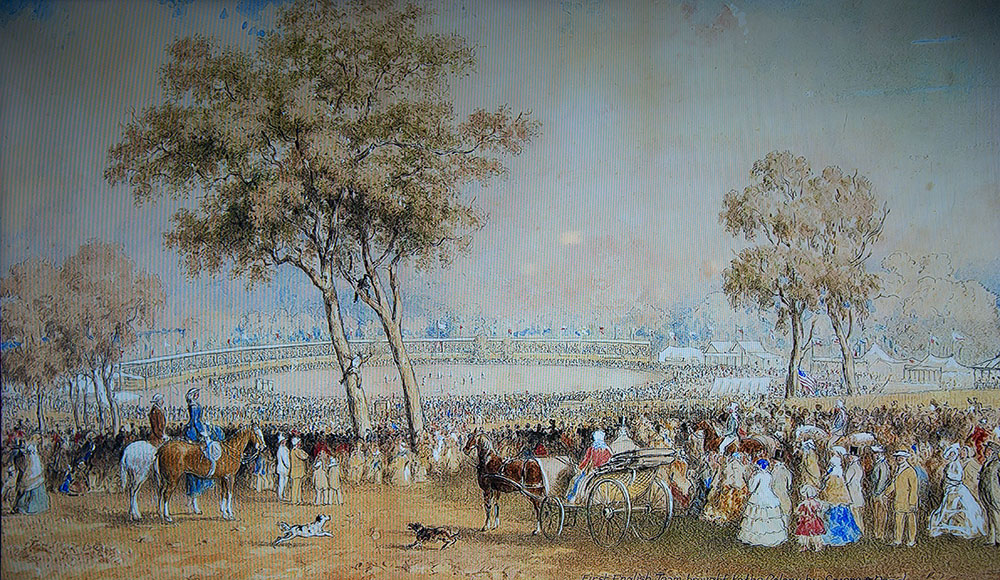 The history is of the MCG is so rich. The first cricket test (vs England) was played here in 1877.
The history is of the MCG is so rich. The first cricket test (vs England) was played here in 1877.
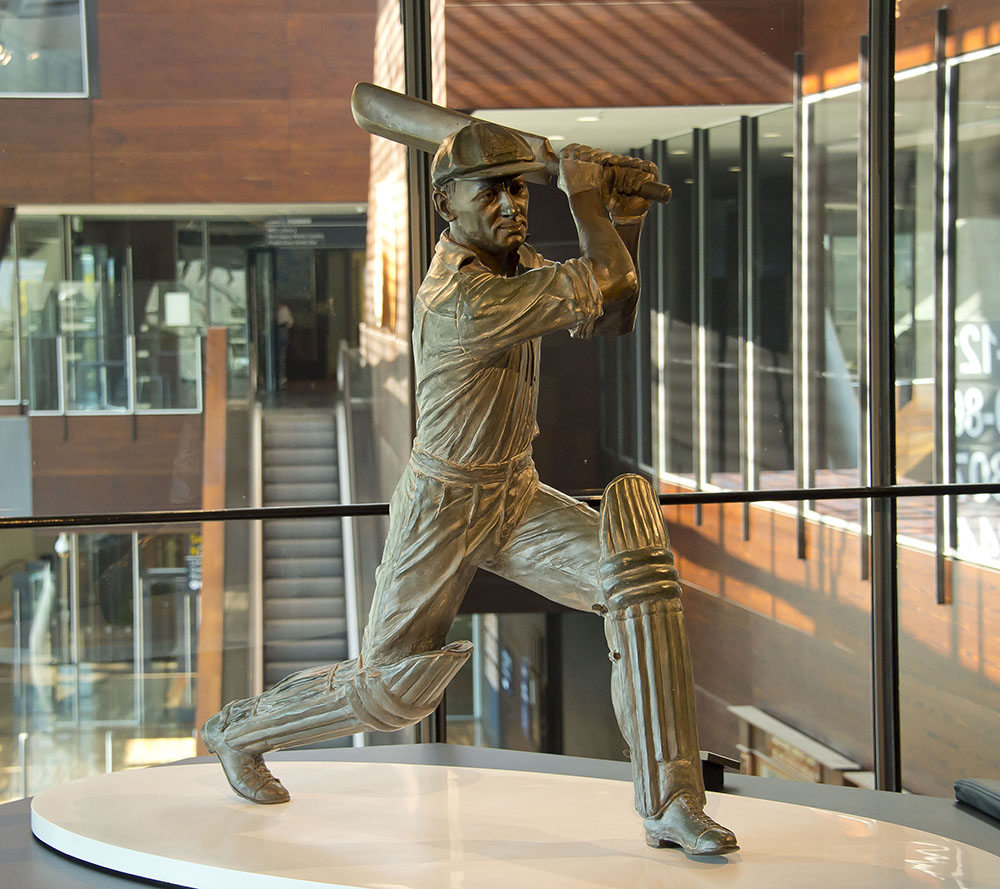
The facilities under the MCG stands are just breath taking. Museums, player changerooms, press and TV rooms, the VIP Long Room, restaurants, cafes, toilets, underground parking, admin offices – all in all a most impressive visit which I greatly enjoyed. I collect Renette and we walk to nearby Richmond Station and catch the train home.
Thursday, 25th Today is ANZAC day in Australia and New Zealand – the day of Remembrance or Poppy day in UK. Marches are planned in the town centre and I take my camera and go and observe. Crowds of all ages pack the pavements and watch the processions passing by. Old medalled soldiers, boy scouts, sailors, military personnel – all solemnly march by to the accompaniment of brass bands.
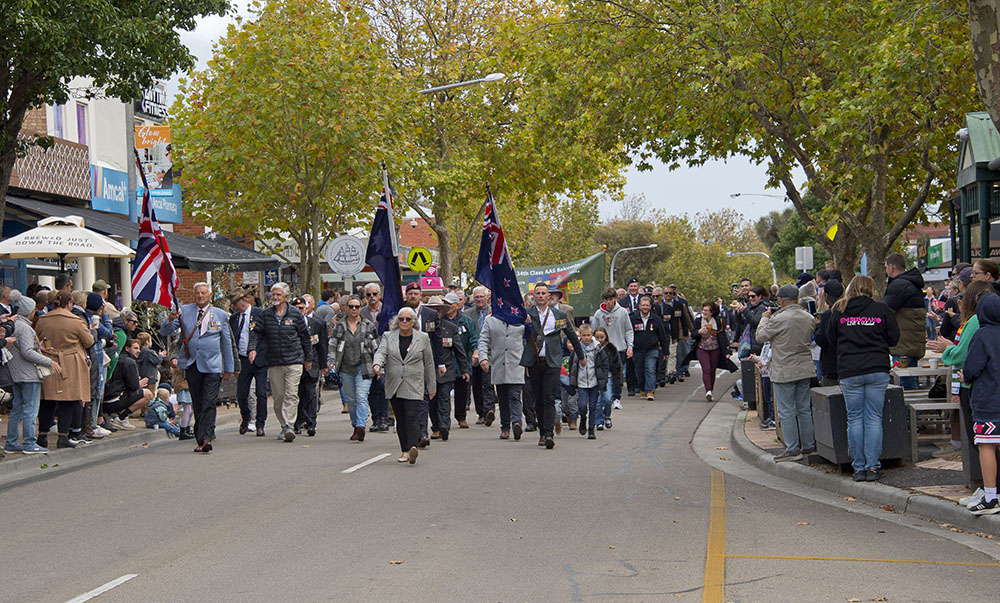
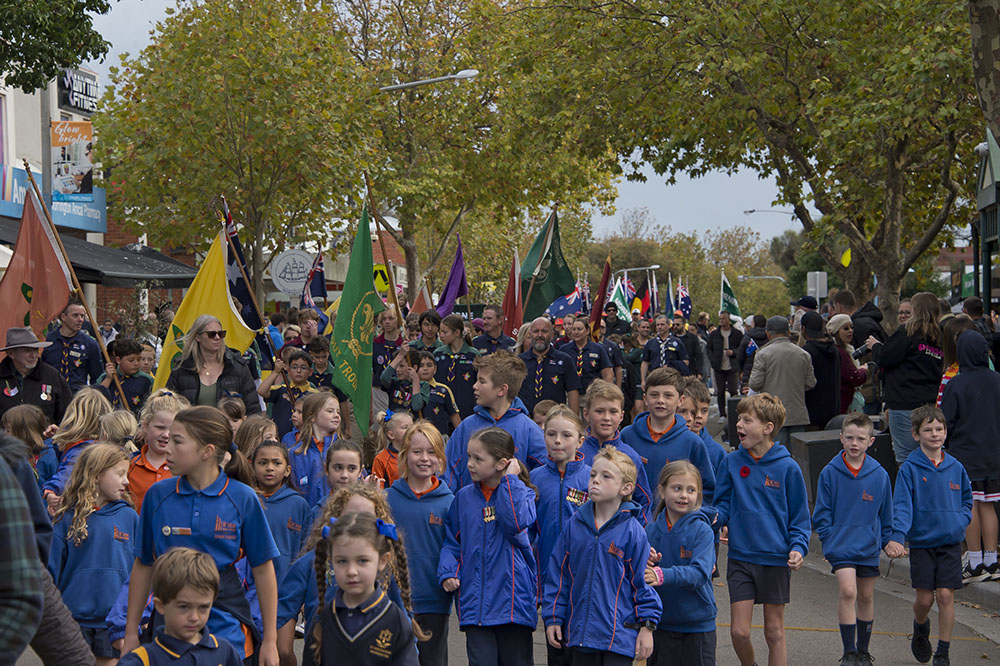
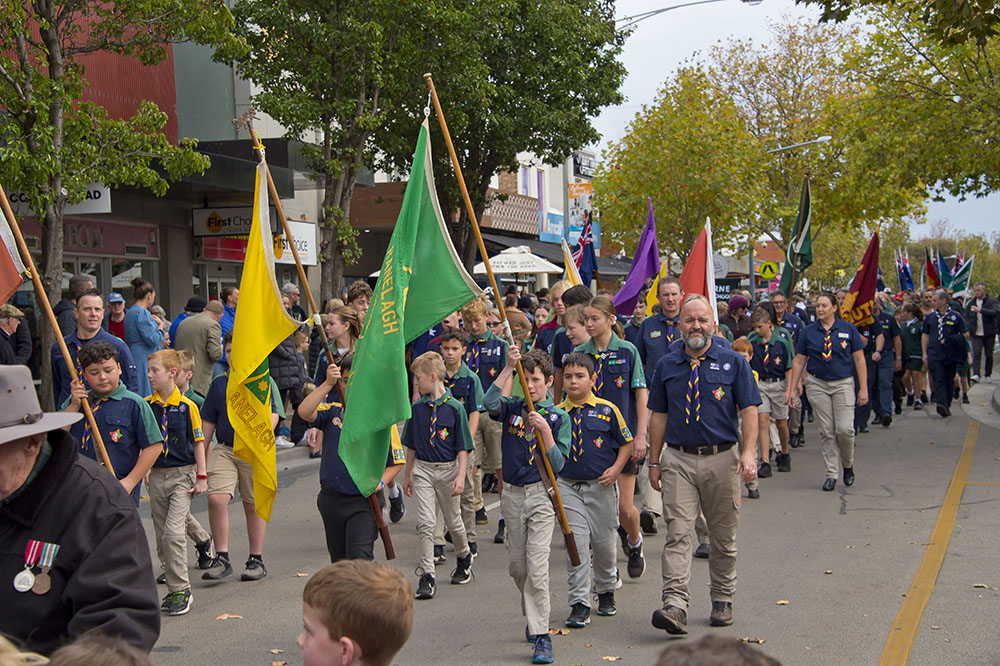
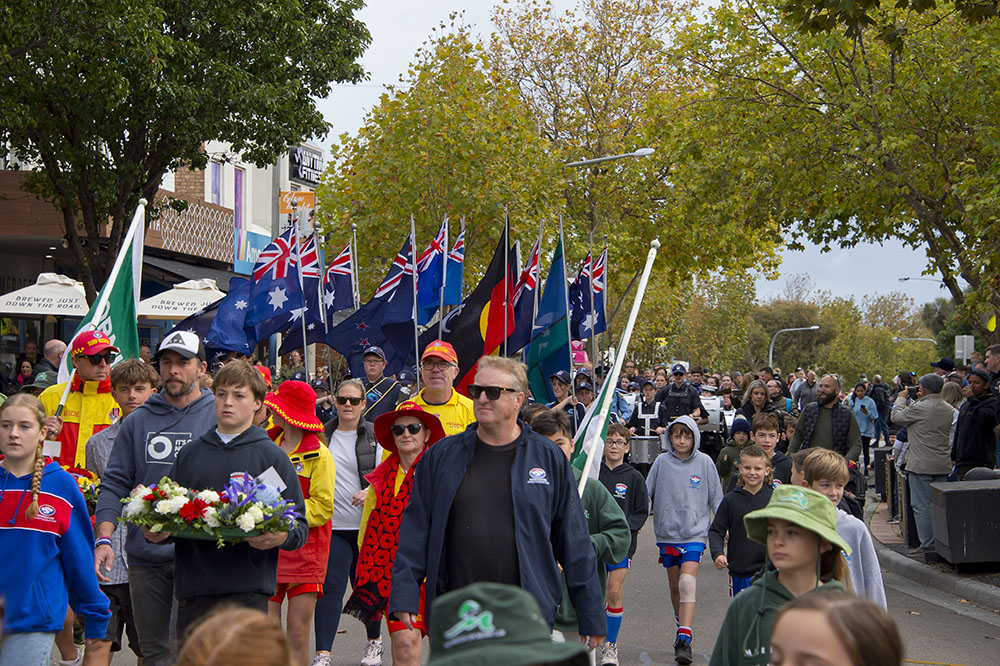
It was so moving and heartening to see the pride and patriotism on display here with no sign at all of the wokeiness that so bedevils society in the UK and US.
After the parades are done I walk back home past the sportsfields and here the festivities are being marked by a day of AFL football. Mornington vs nearby Mt Martha. I have never watched this rather strange game live before and spent the next hour or so as an interested spectator.
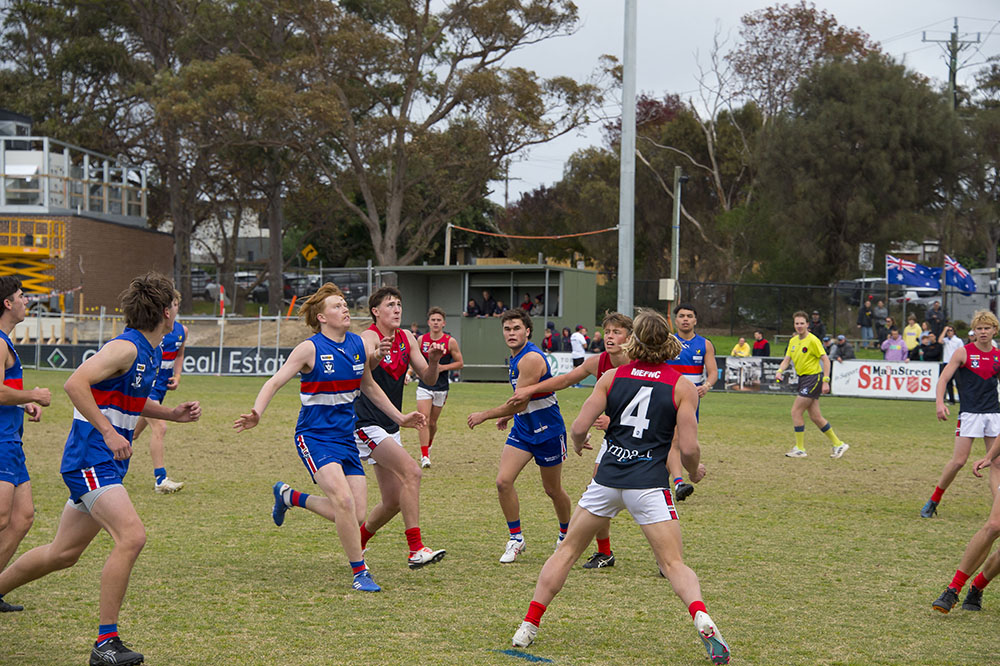
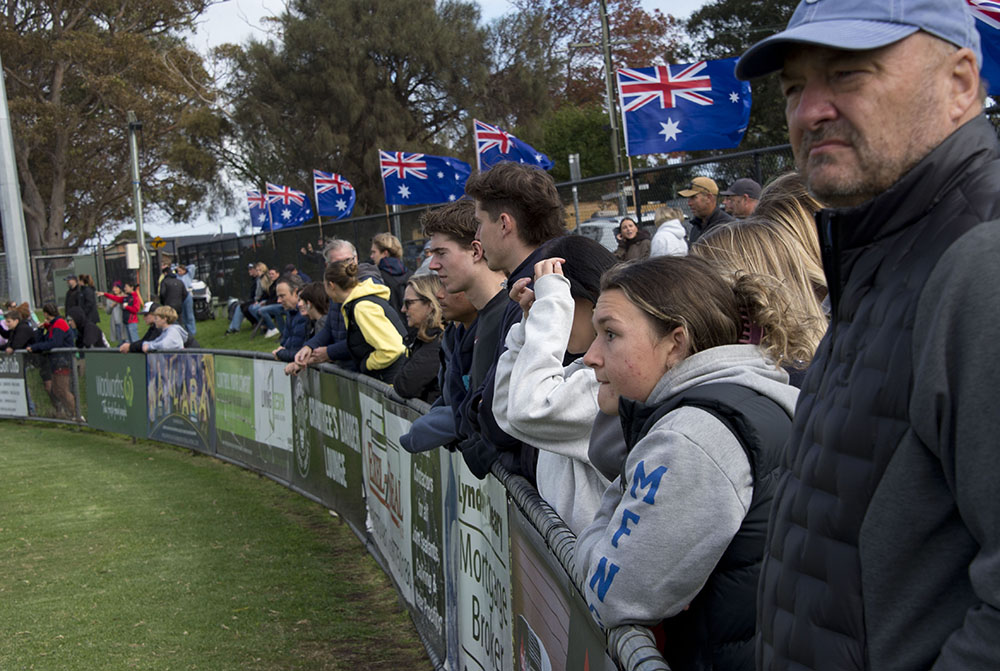
Saturday, 27th The weather today is calm so together with Ben, Lindsay and Clare we set off in convoy to Cape Schank on the south Coast (Schank another early explorer). Here we admire the view from the cliffs and then climb down a walkway to the beach.
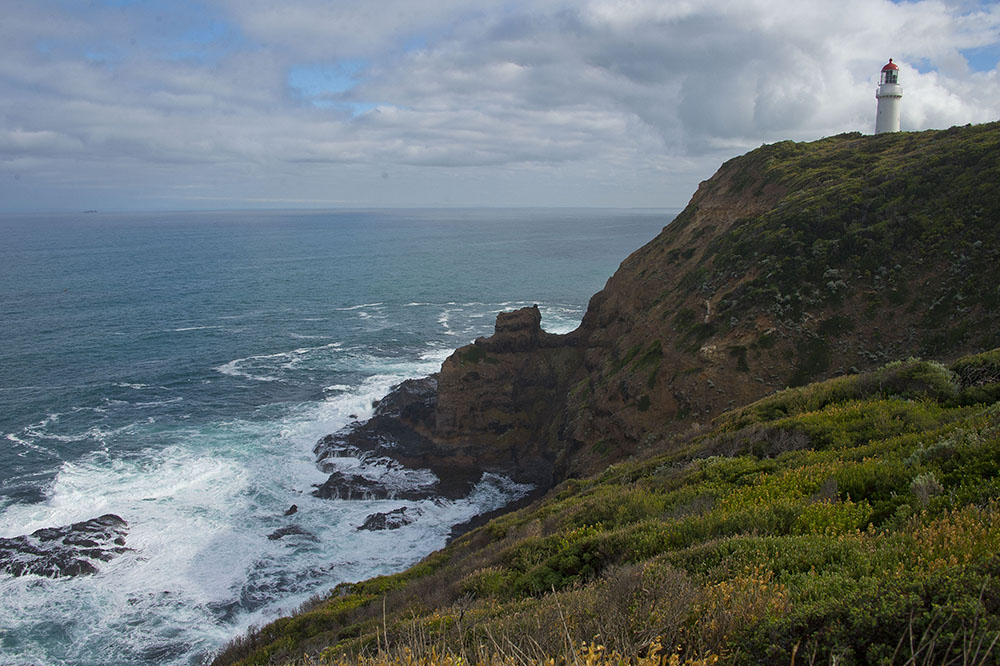
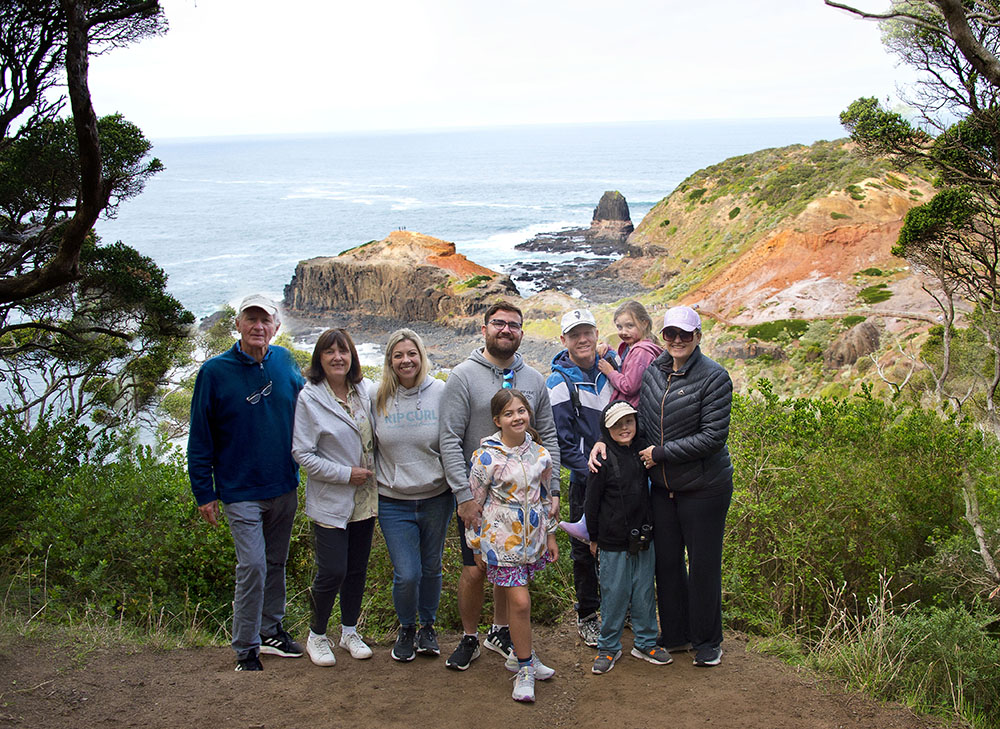
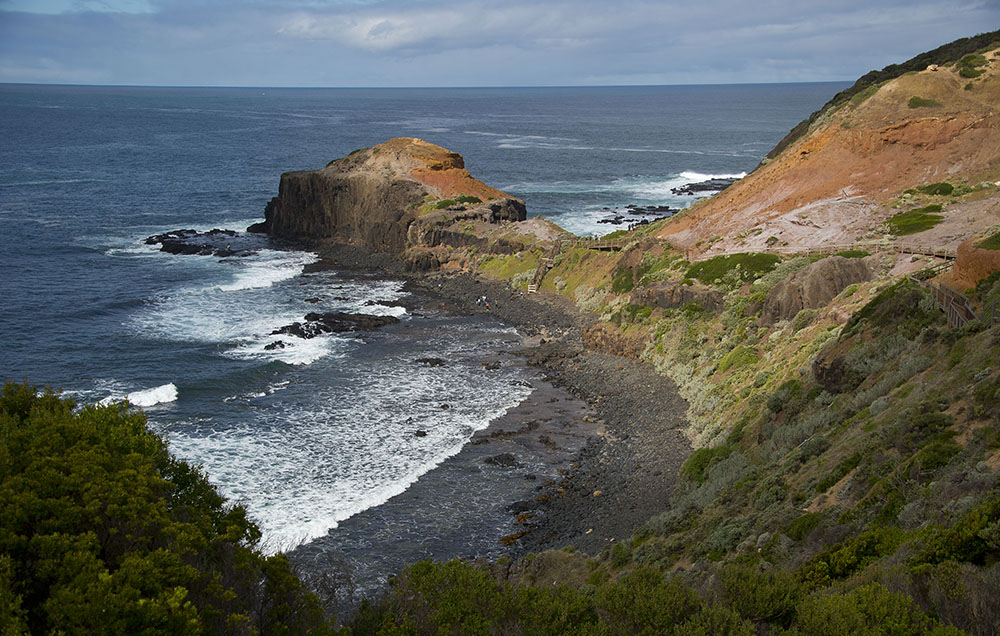
Thereafter we drive back to the Bay at Rye where we stroll along the pier, watch a training session for scuba-divers and then enjoy a great ice-cream.
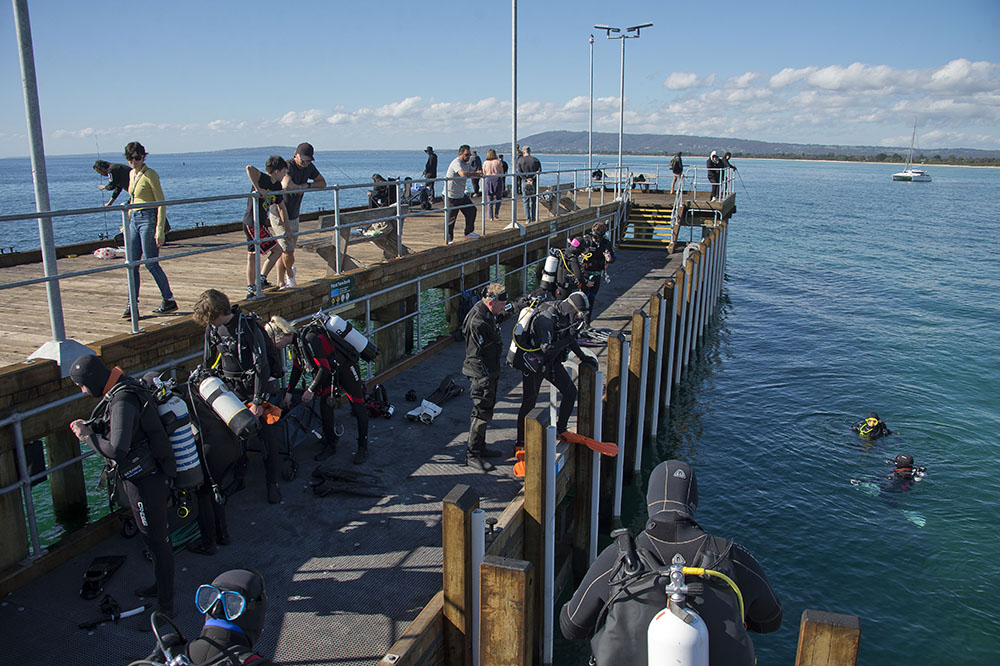
Being a Saturday, all the sportsfields are filled with sports mad Aussies. Arriving back in Mornington, I stop to watch a game of baseball and then school children playing basketball.
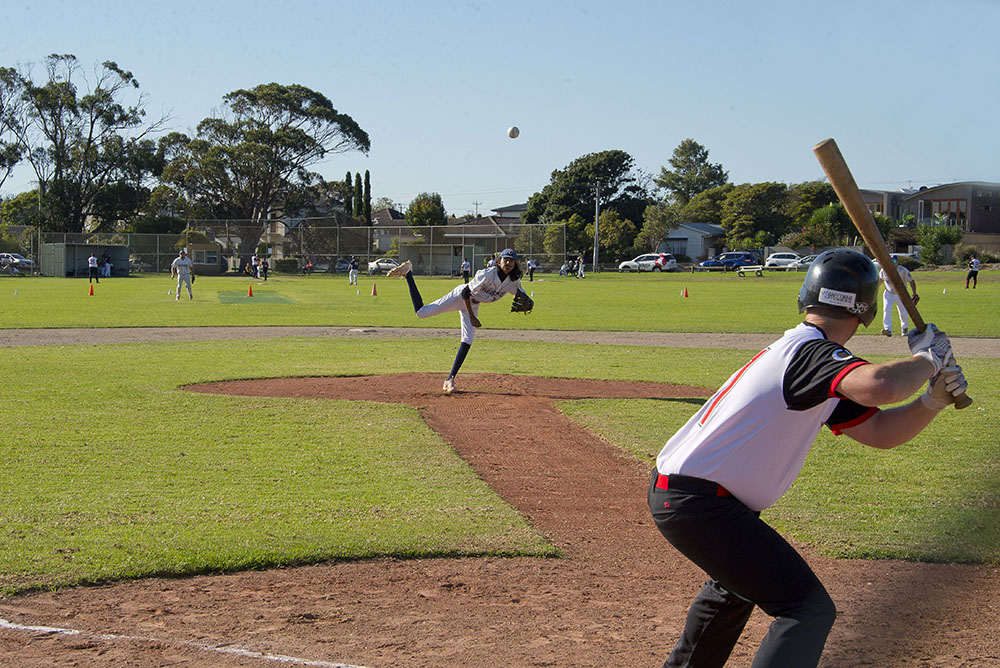
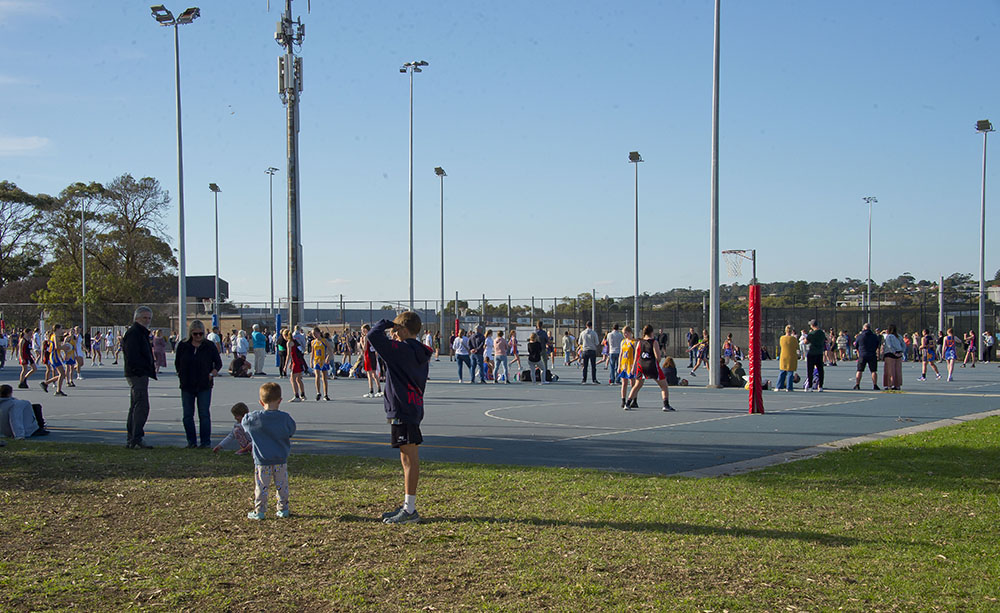
Monday, 29th Too soon our visit comes to an end and today we fly back home. David drops us off at the airport bus stop and we make our way to Melbourne Airport where we board our Emirates 380. Again, at Dubai we marvel at this colossal airport that is operated so smoothly and efficiently. It really puts one in one’s place and makes one realise what little grains of sand we are in the greater scheme of things.
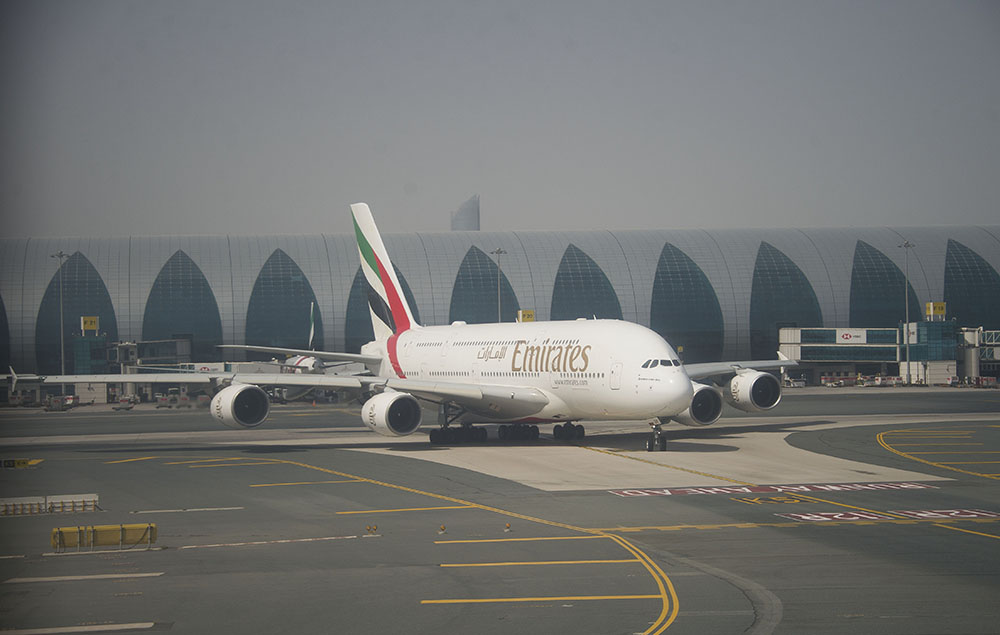
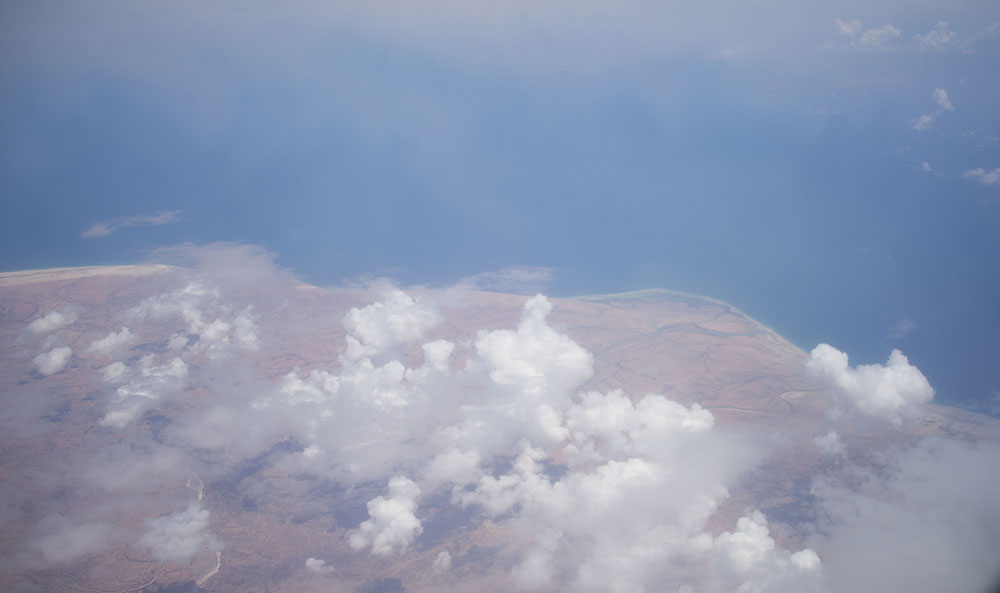
Then onto an Emirates 777 bound for Cape Town where we land on Tuesday afternoon. As we descend over the evening Cape mountains, I muse about how Australia cannot compete with SA for scenic and natural beauty but emerging from the Airport, the sight of pitiful Khayelitsha best sums up the contrast.

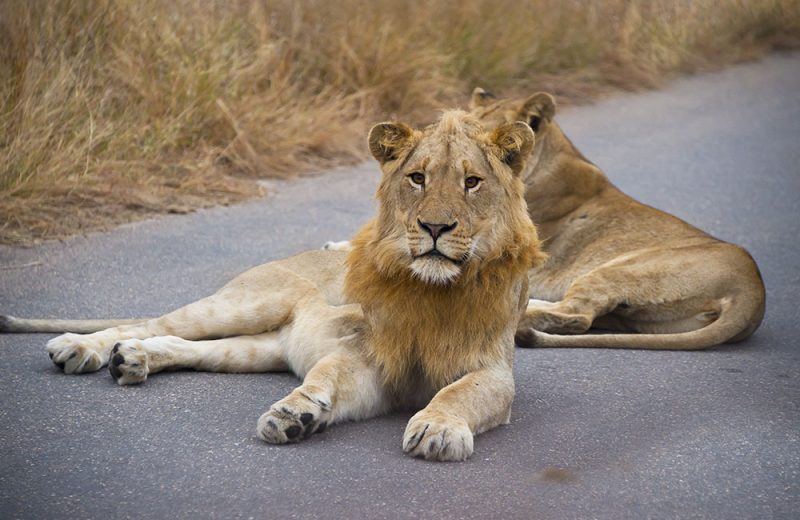
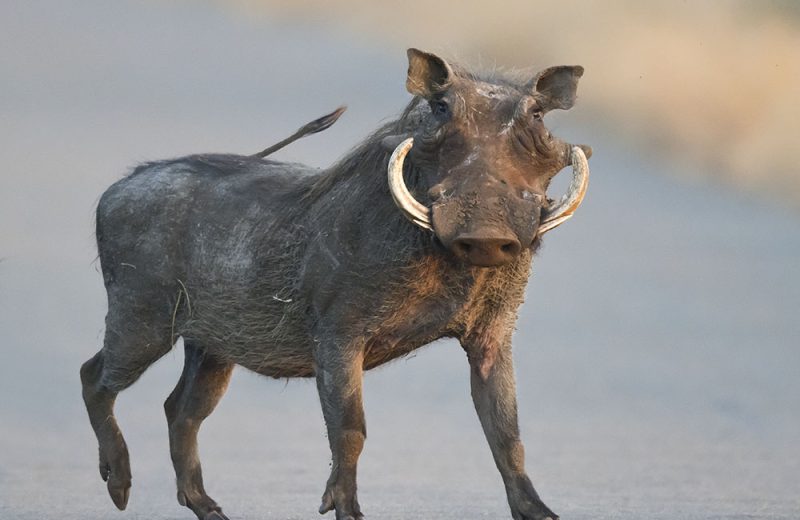
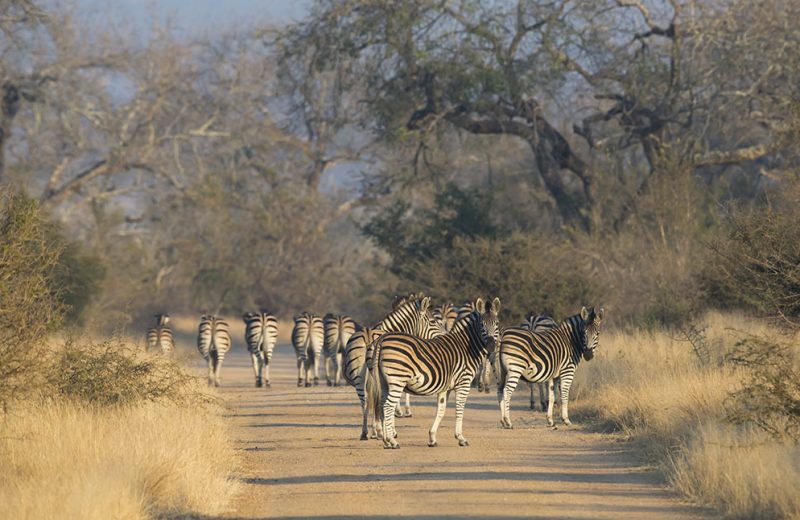

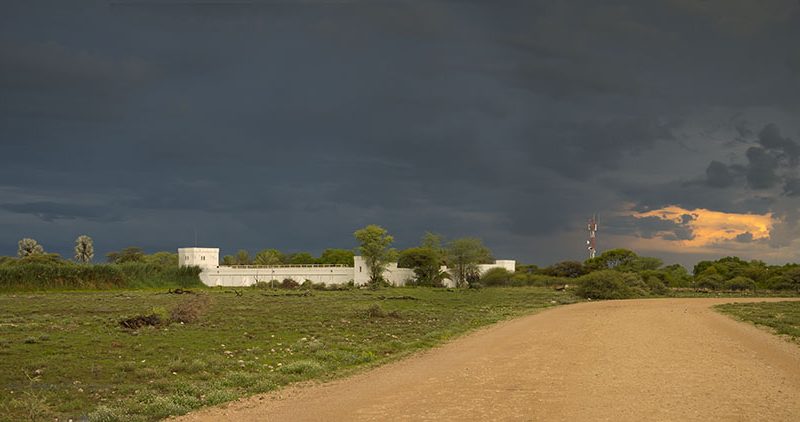
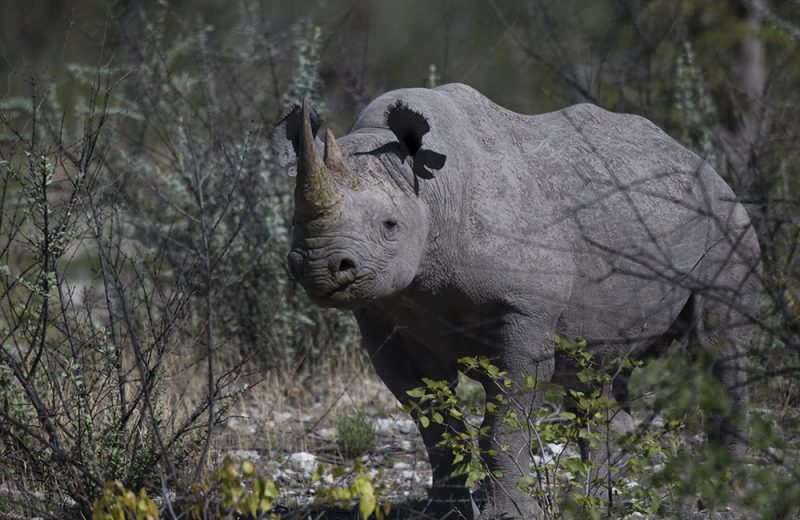
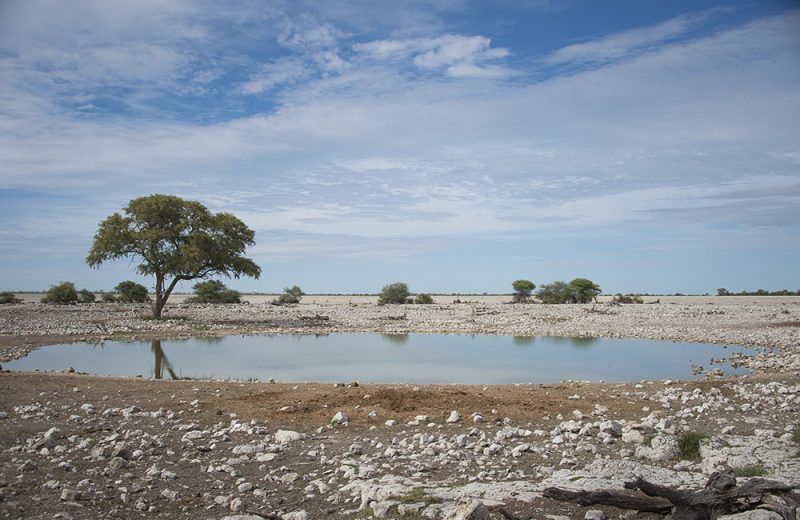
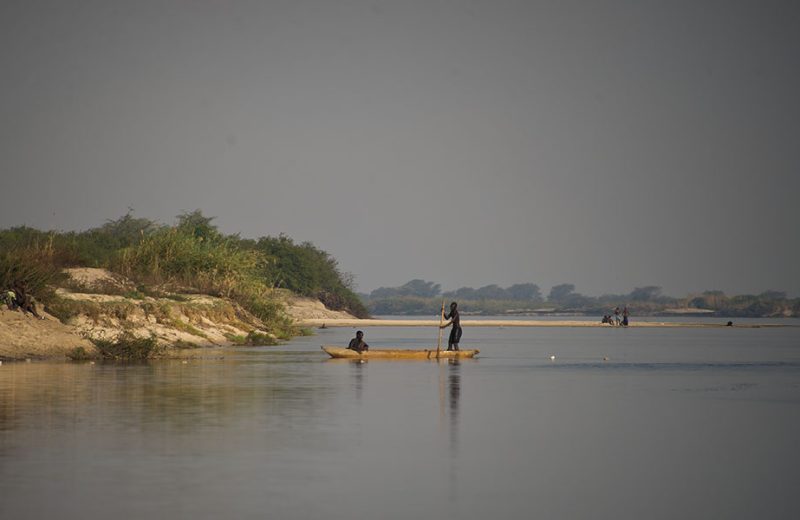
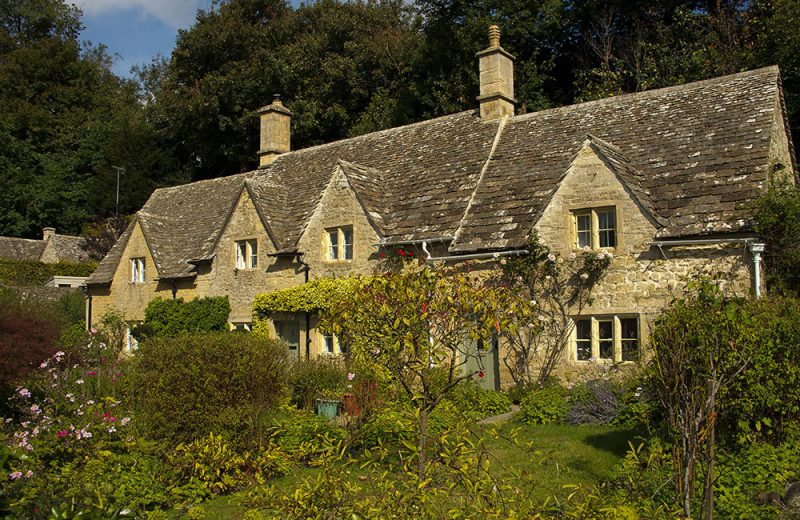
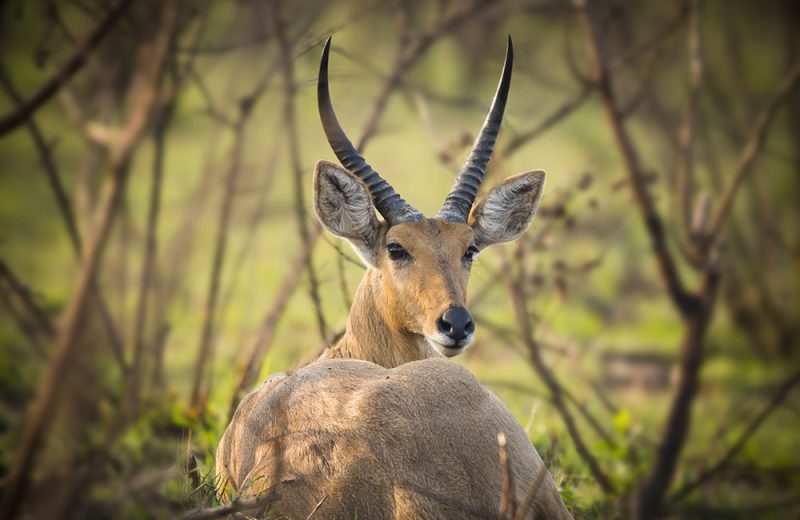
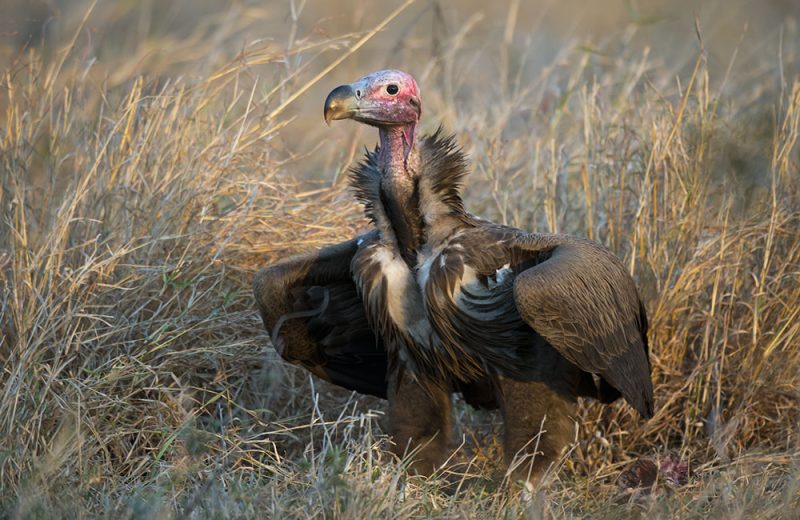
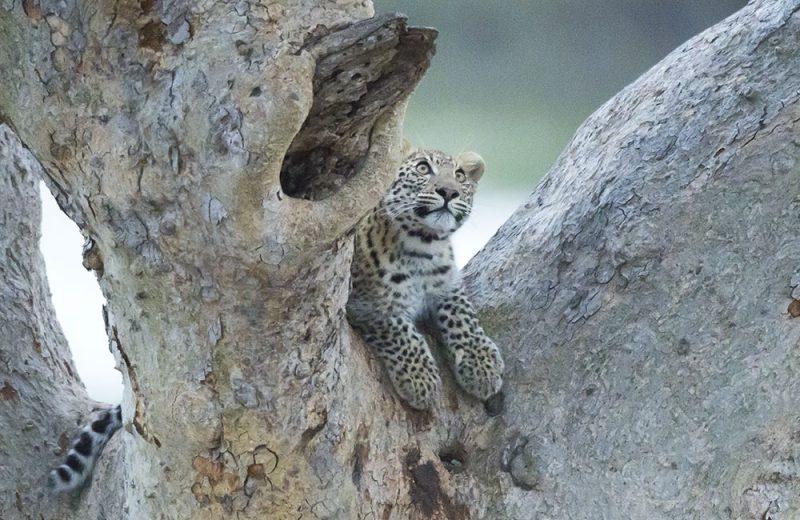
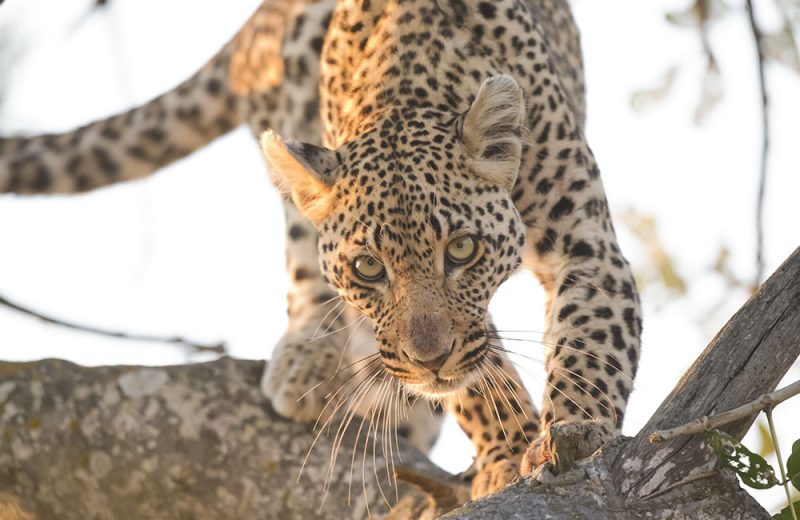
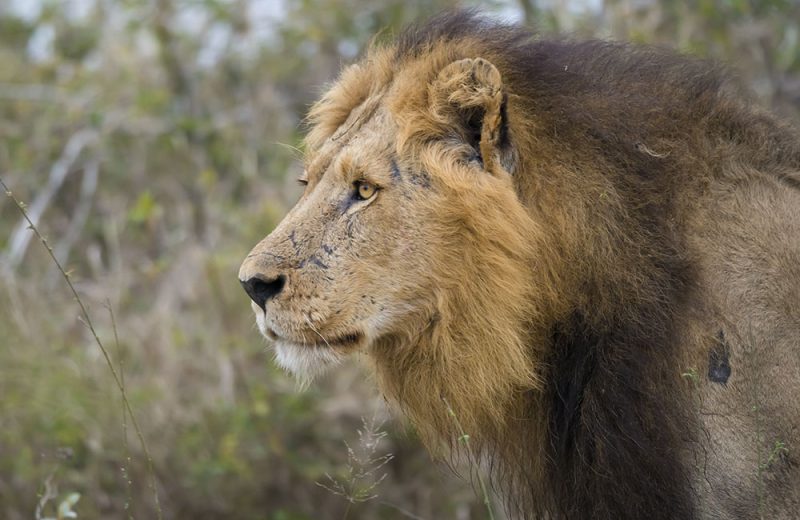
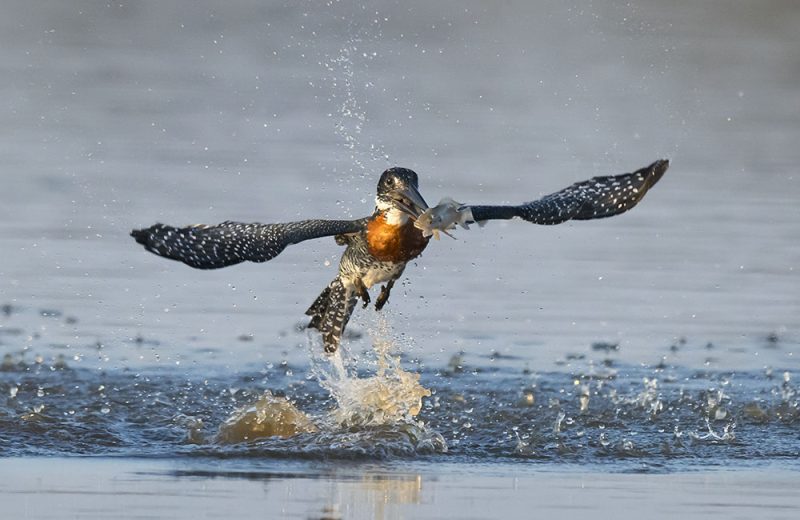
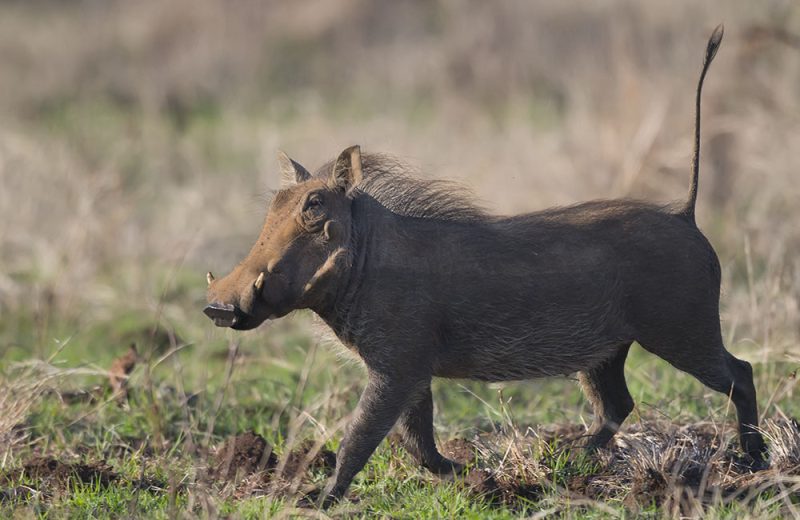
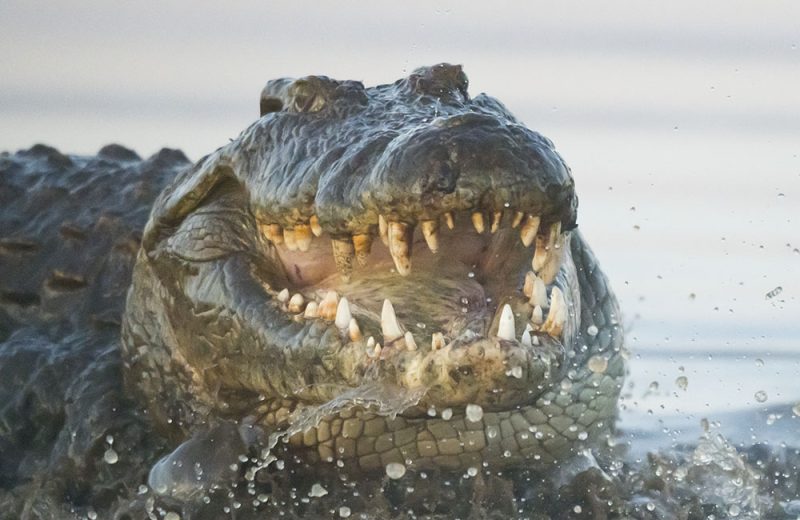
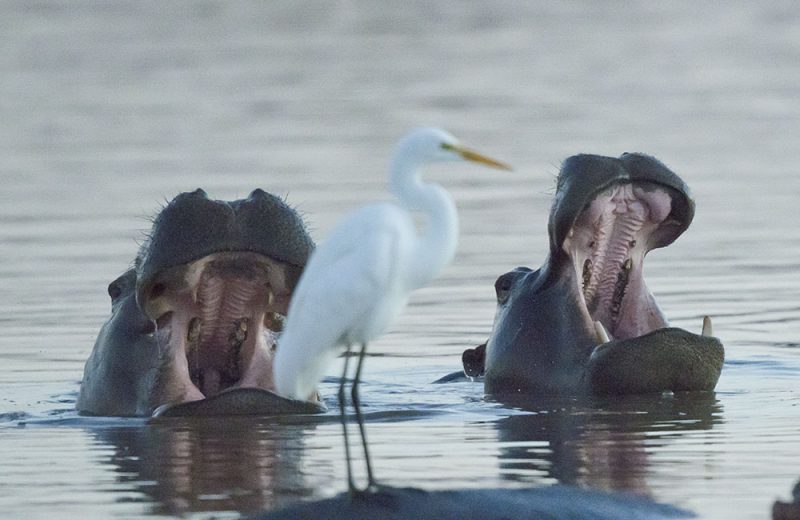
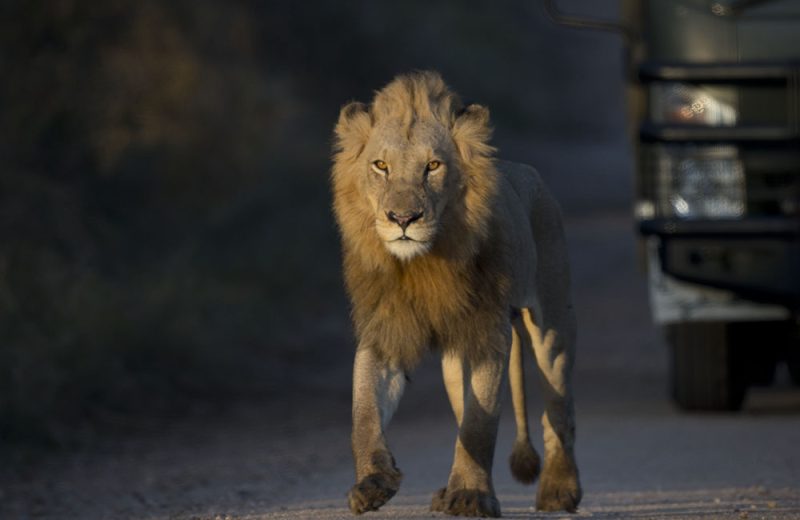
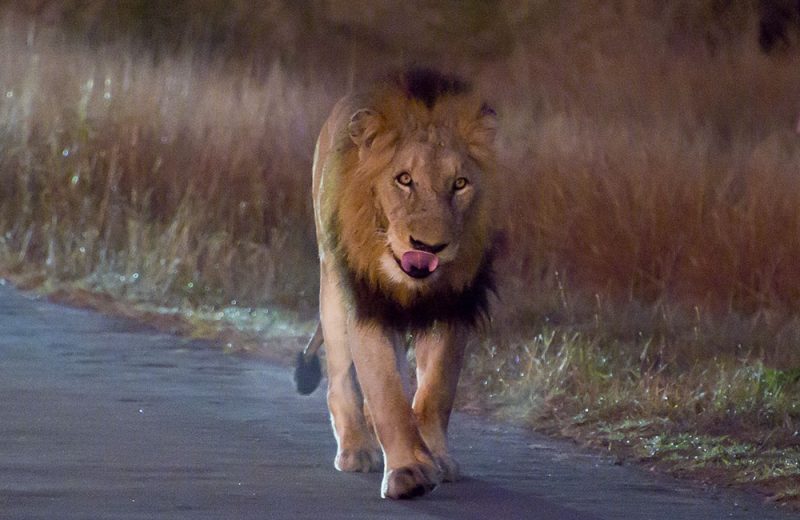
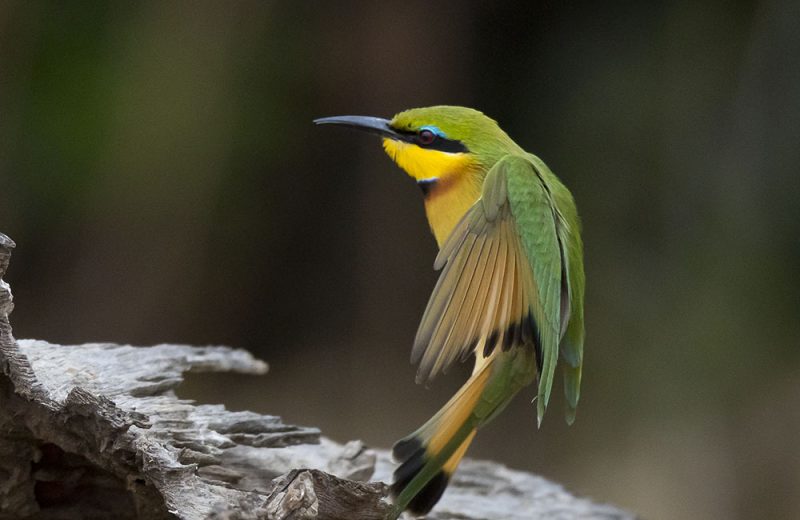
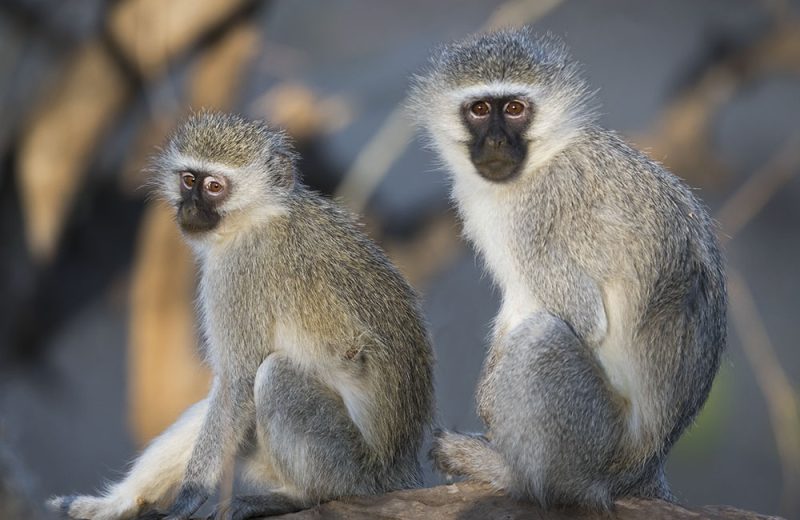
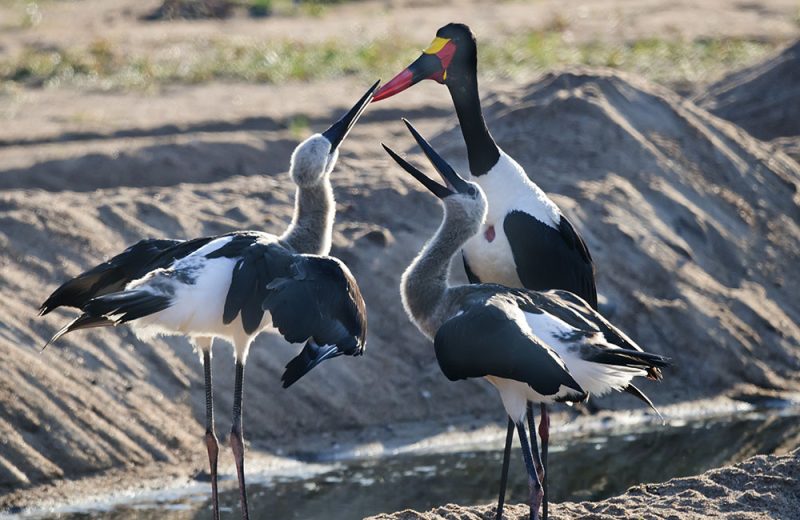
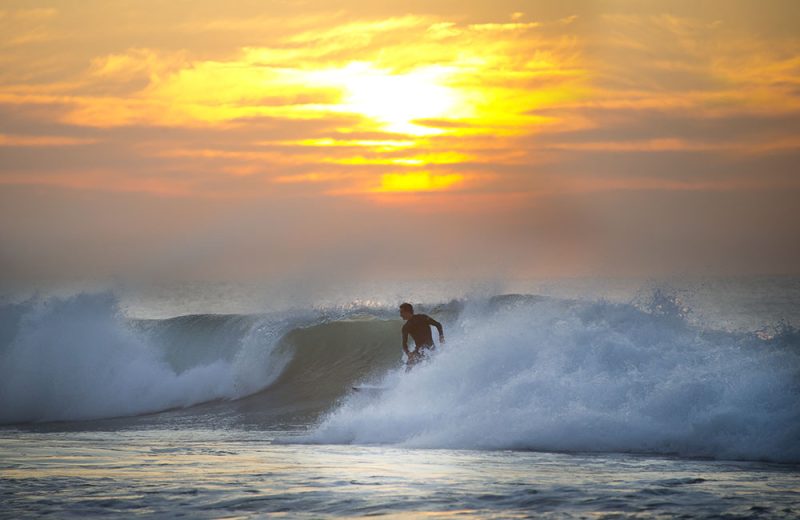
7 Comments
Don Barclay May 5, 2024 at 10:37 am
I thoroughly enjoyed the account of your trip to Aussie, Richard. Many thanks
Richard Grant May 5, 2024 at 1:53 pm
Thanks Don. I loved the trip.
Ann Gibson May 5, 2024 at 1:27 pm
A most interesting account of your visit. Thank you .
Richard Grant May 5, 2024 at 1:55 pm
We so enjoyed ourselves Ann.
Werner May 8, 2024 at 10:50 am
Fred,
Thanks for sharing your most interesting trip with us. Always enjoy your posts.
Dave McGaw May 9, 2024 at 12:02 am
Thanks for sharing , the writeup and pics were realy great.
Jane Gom May 27, 2024 at 11:17 am
Really great to see your writings and photos again. Thank you for sharing.